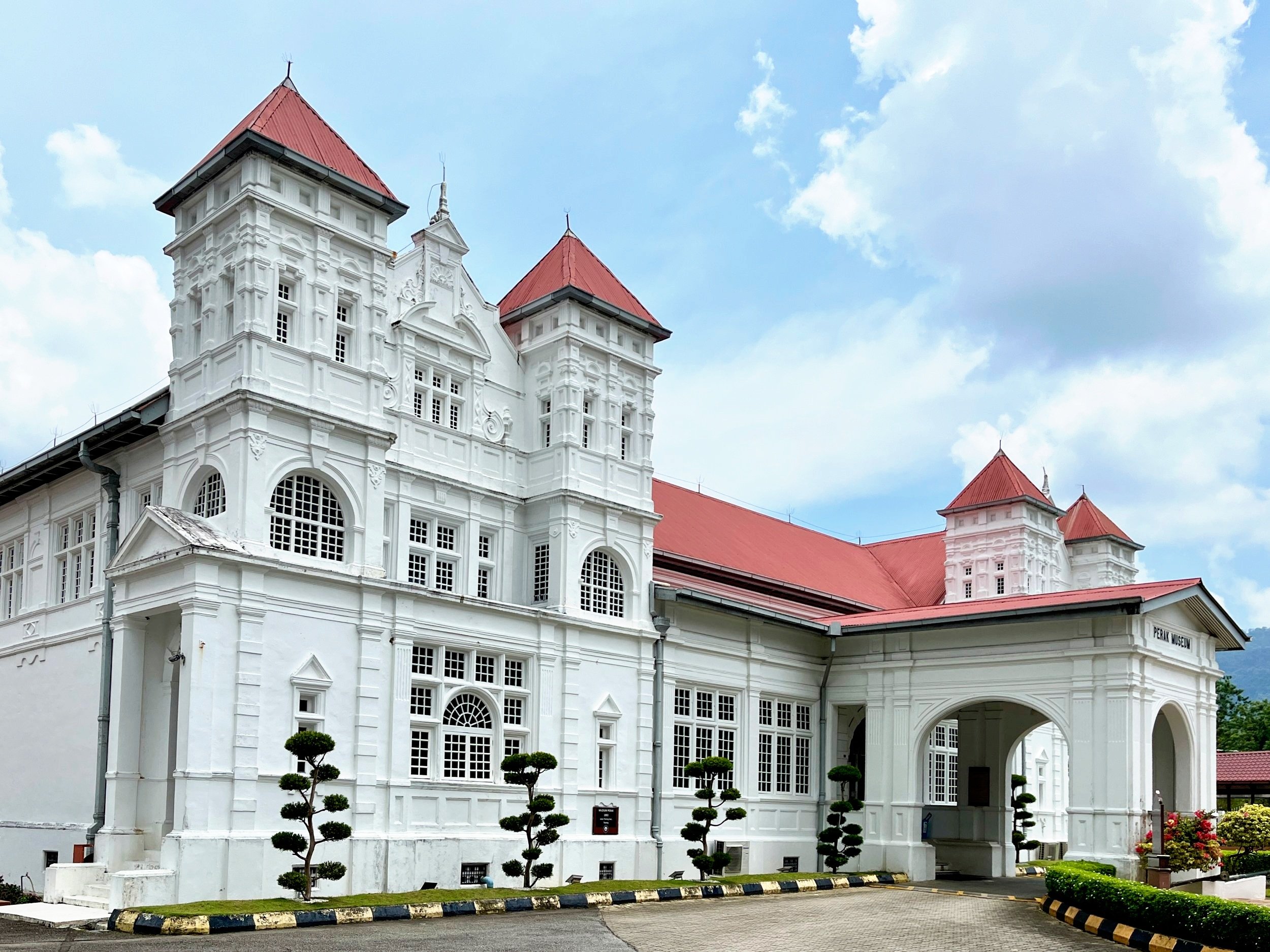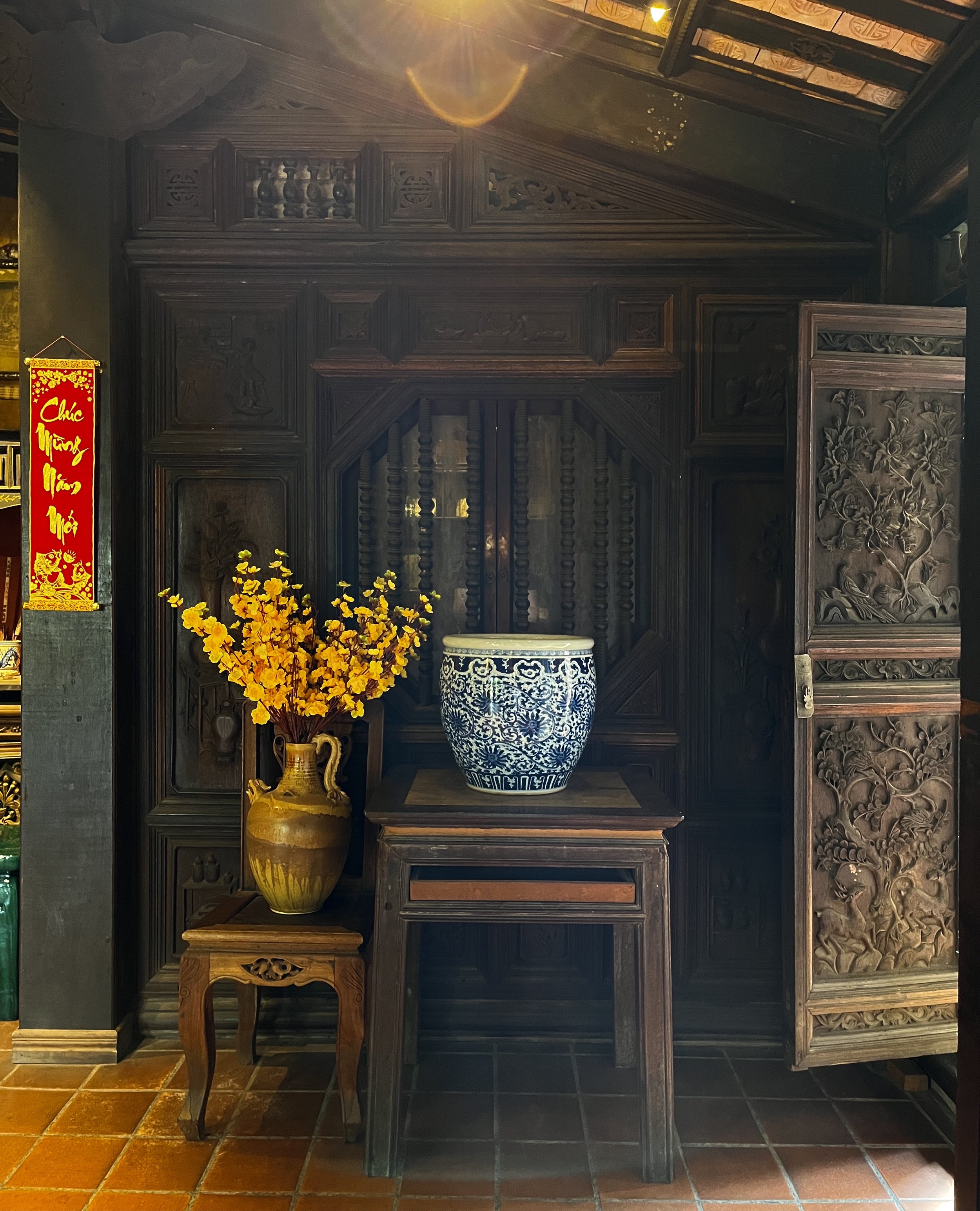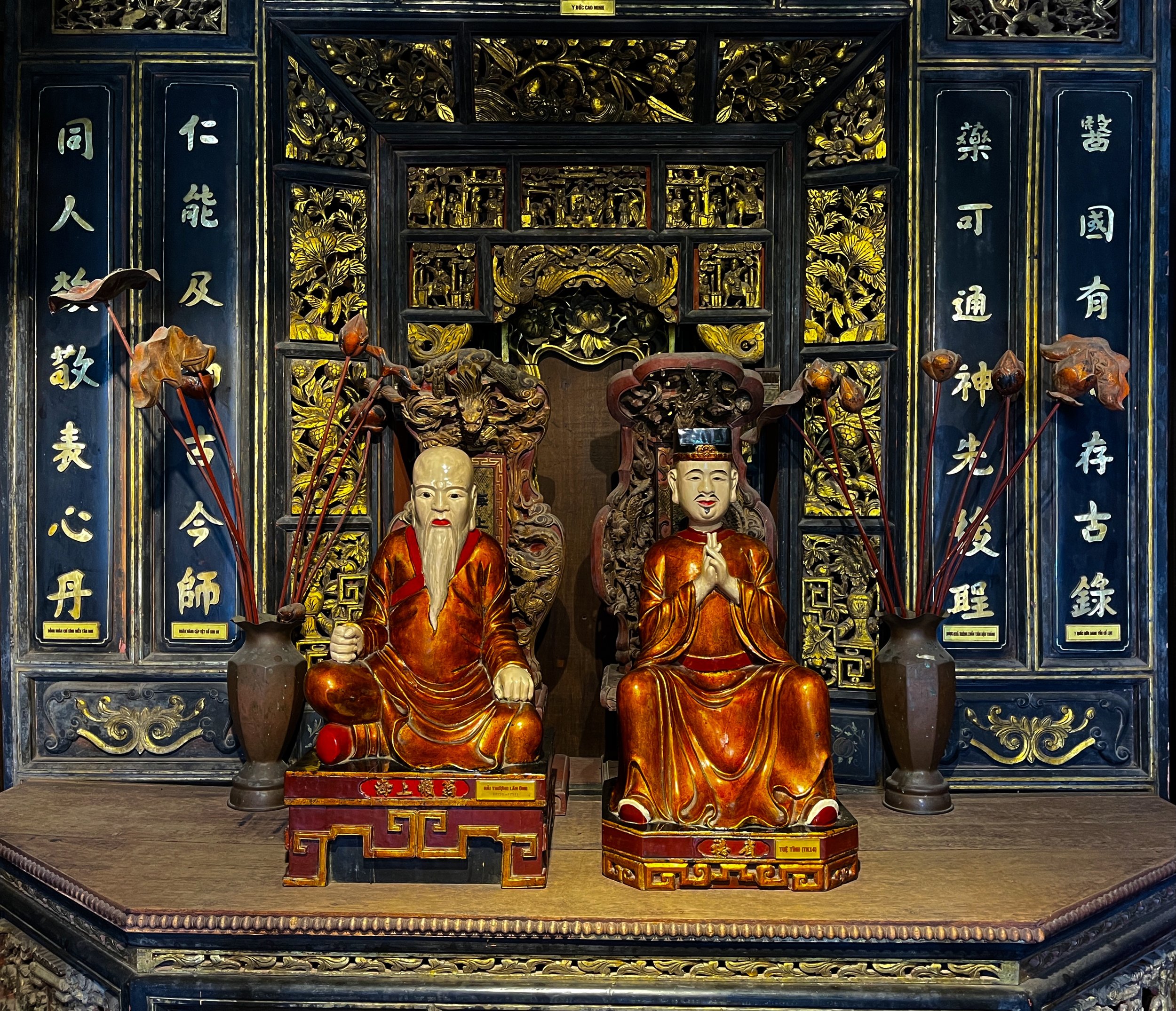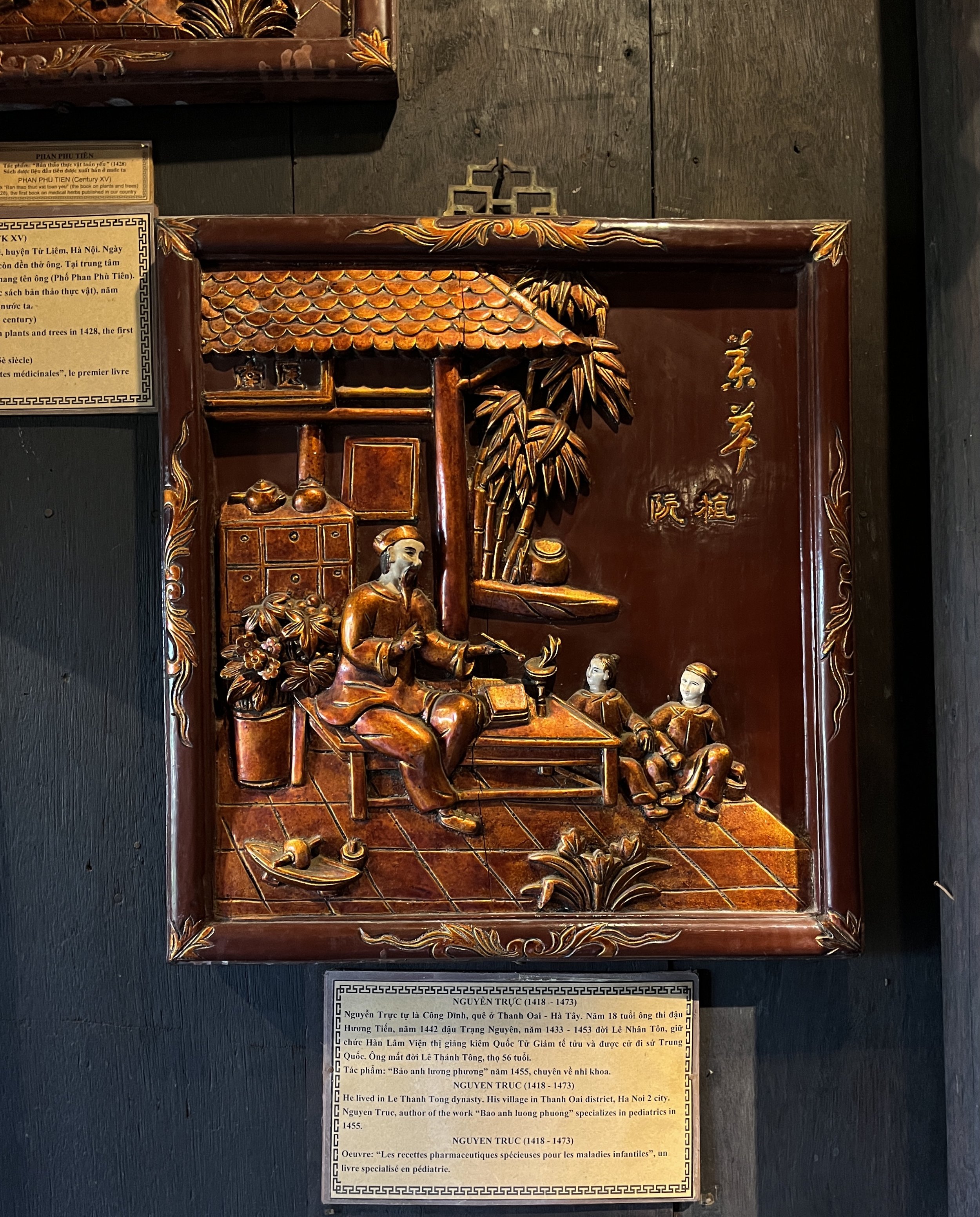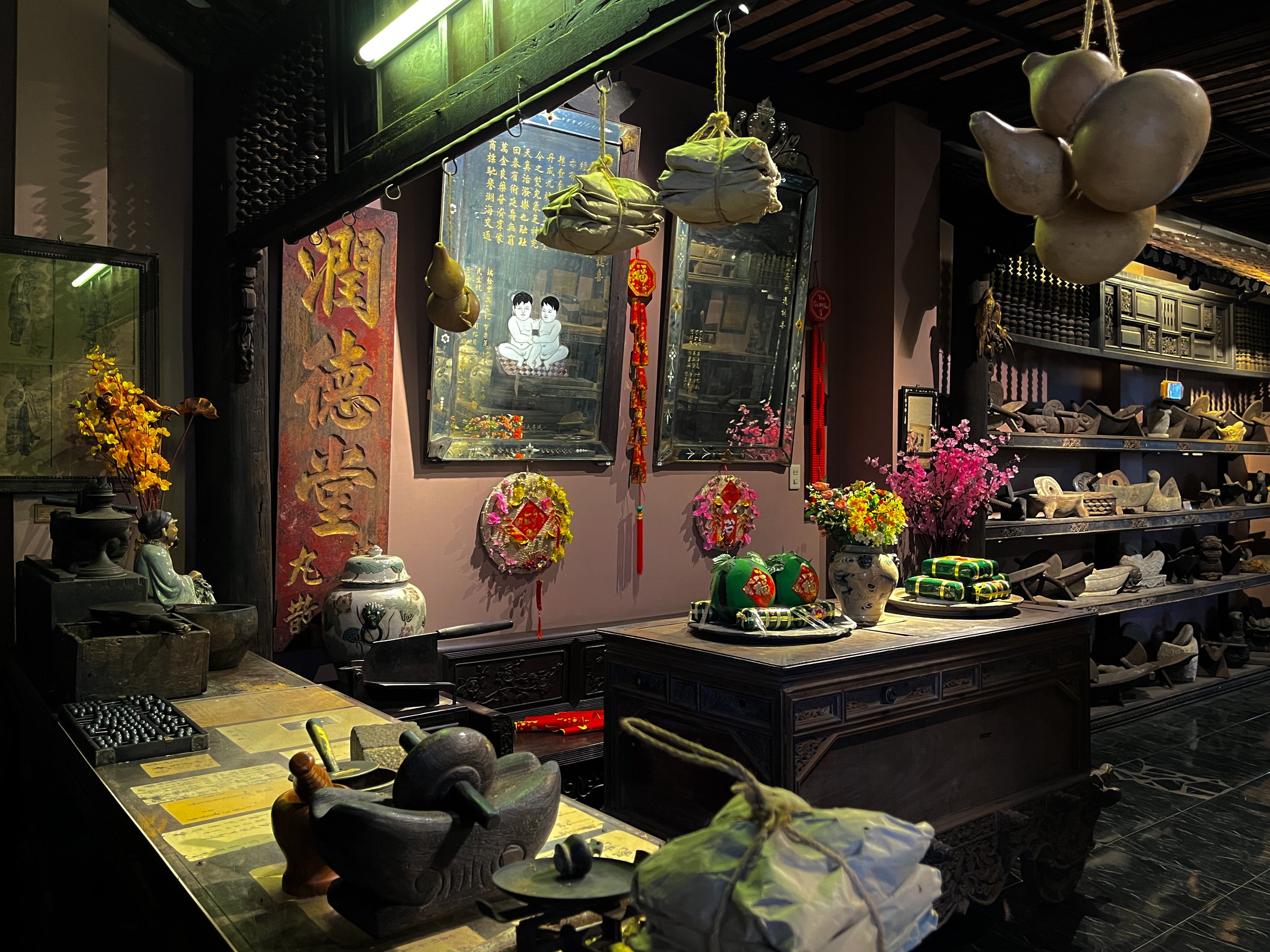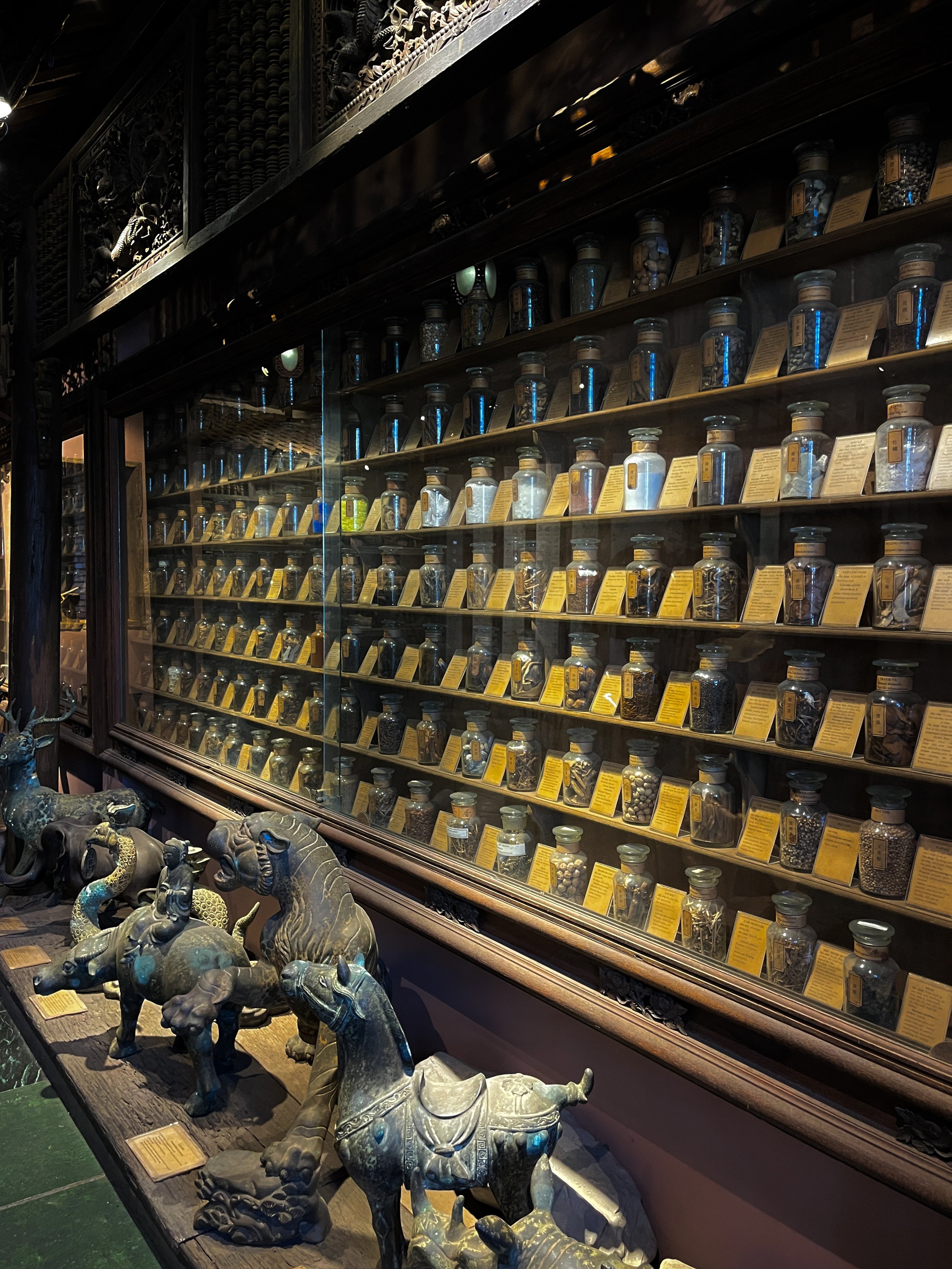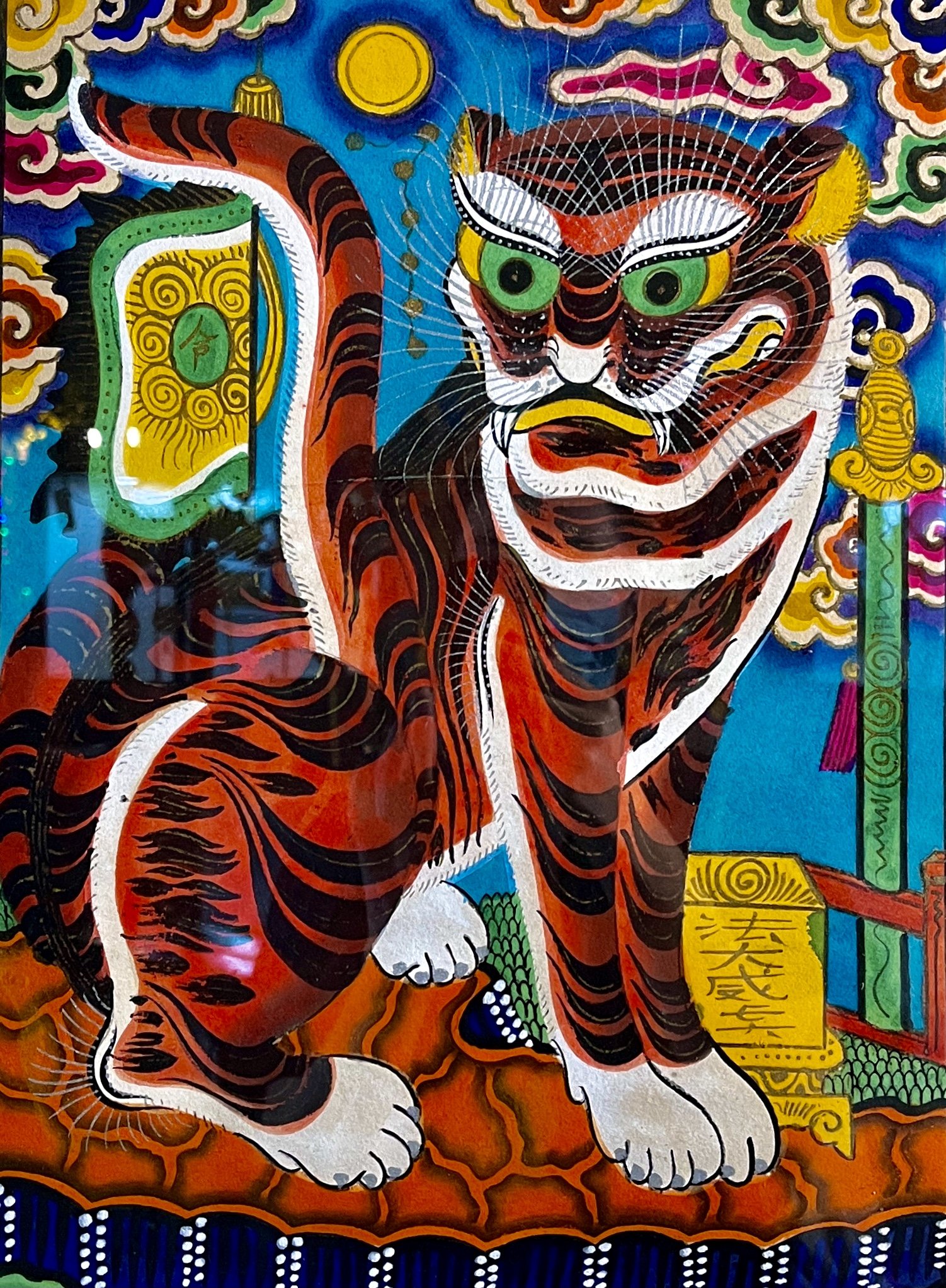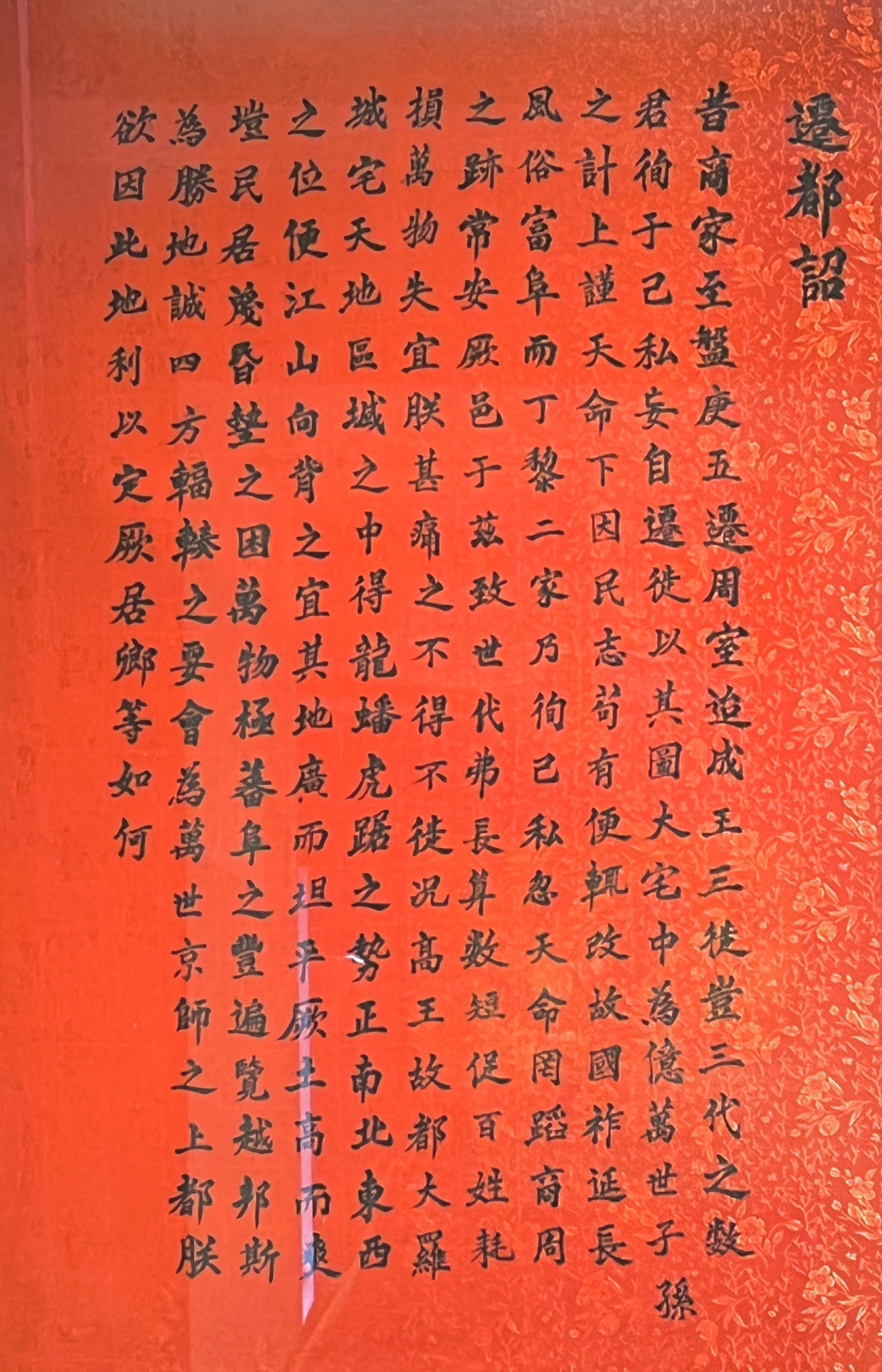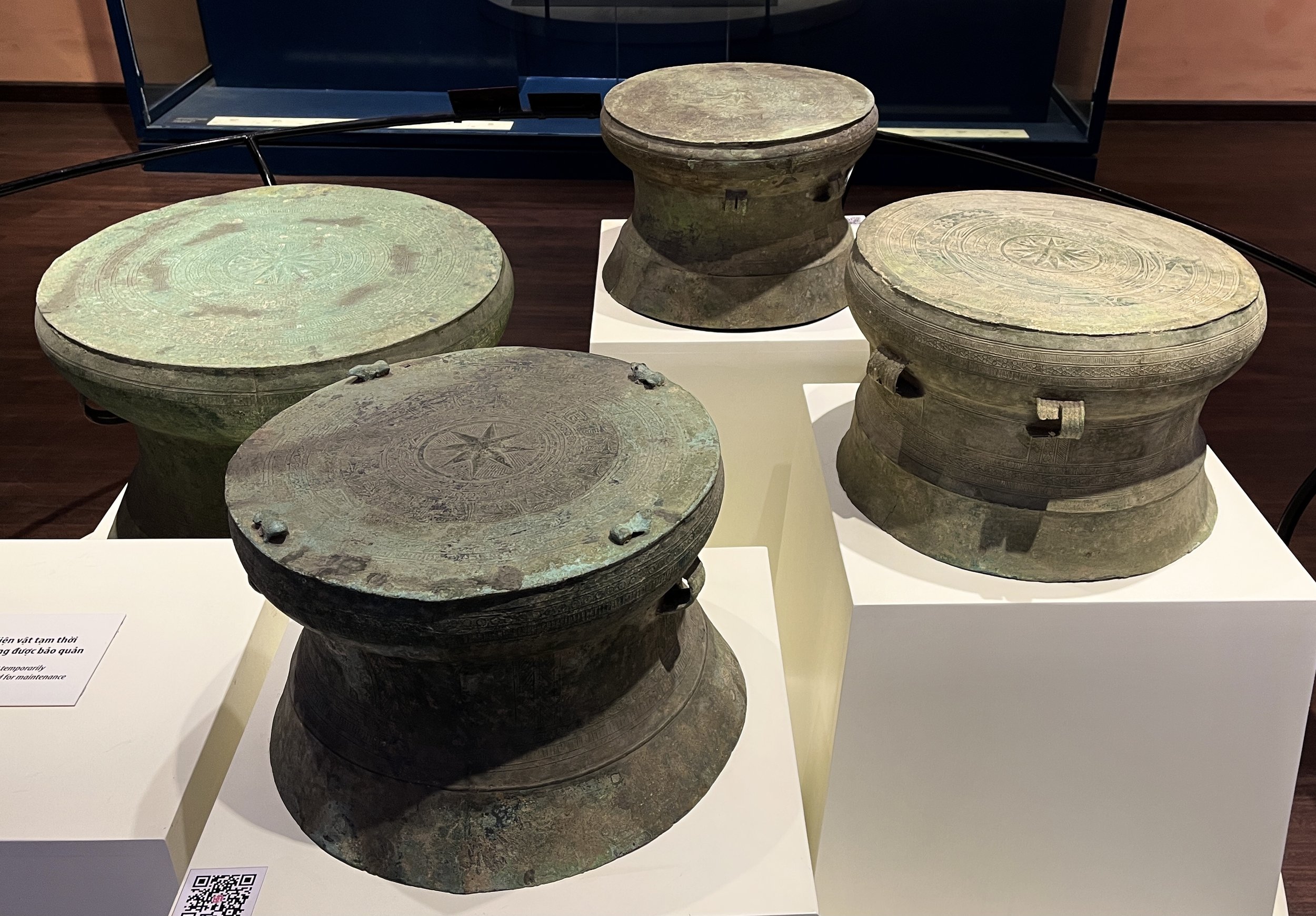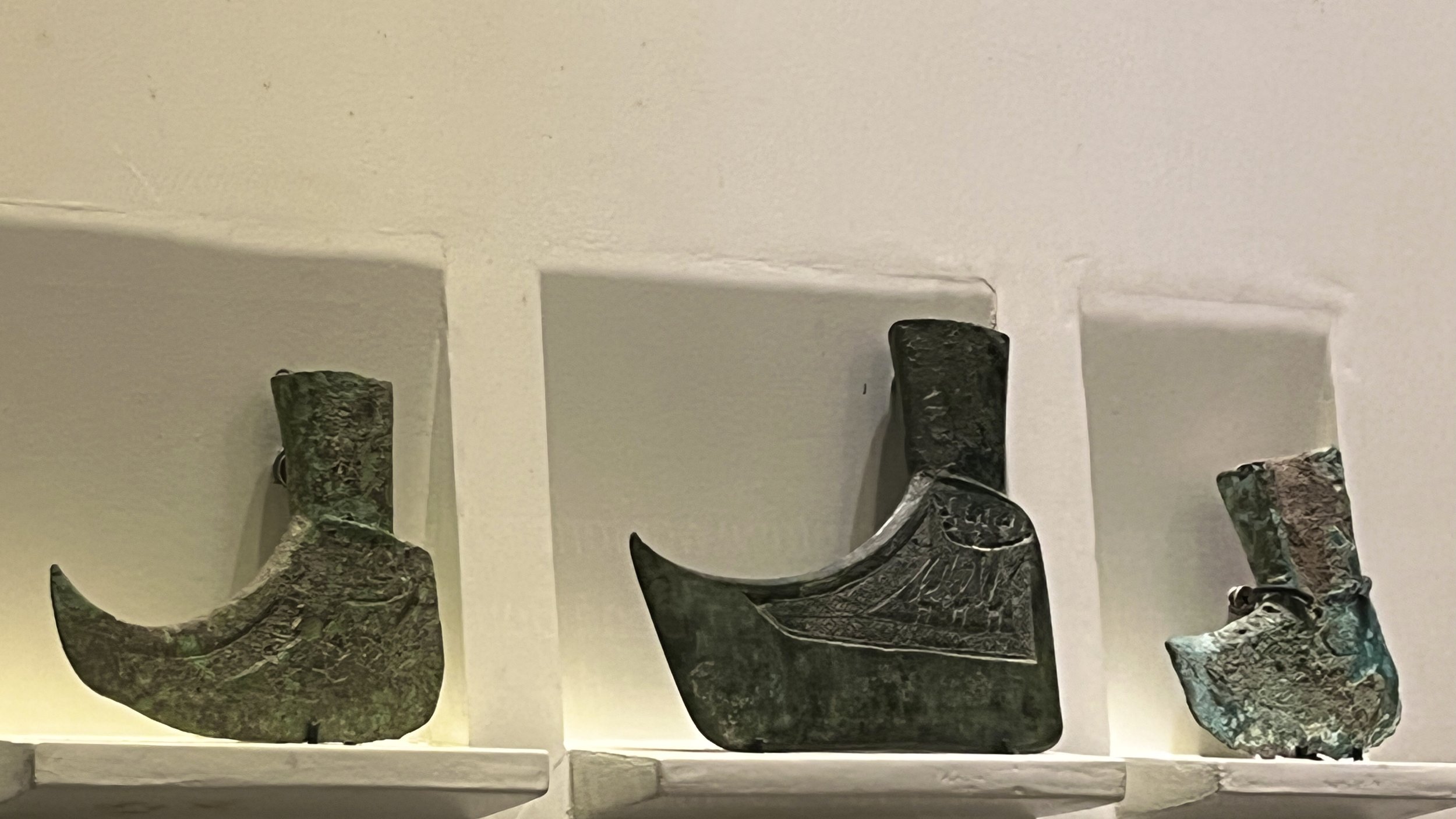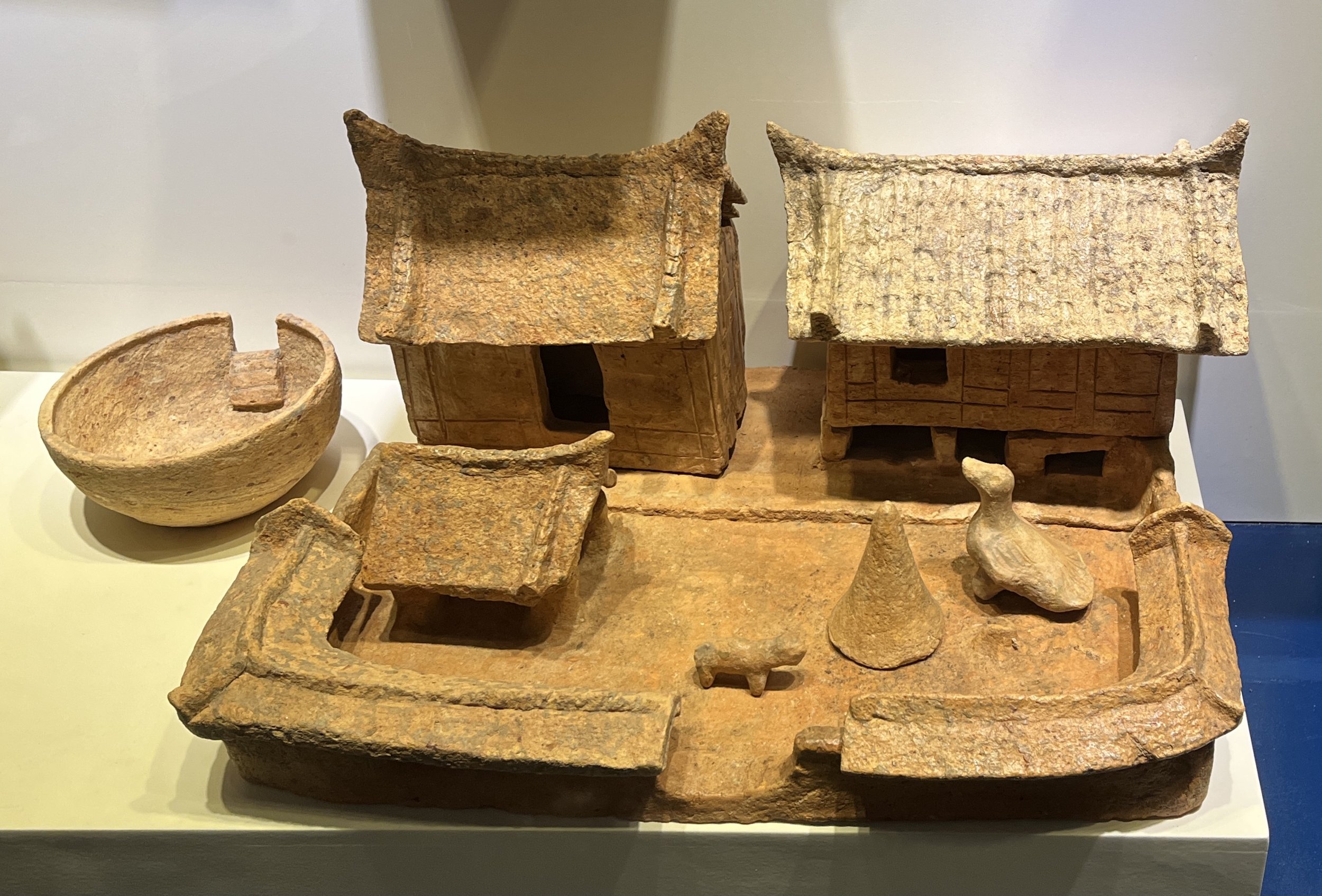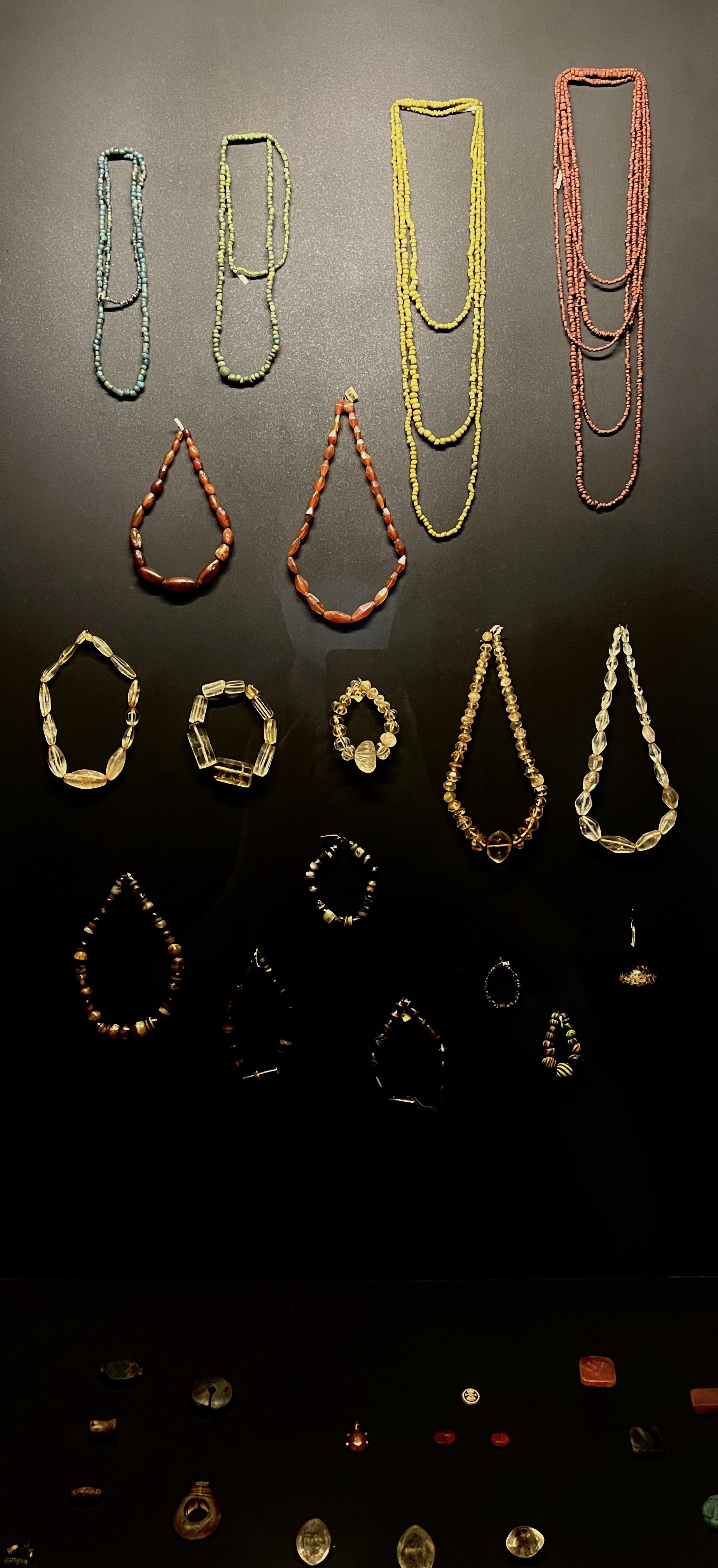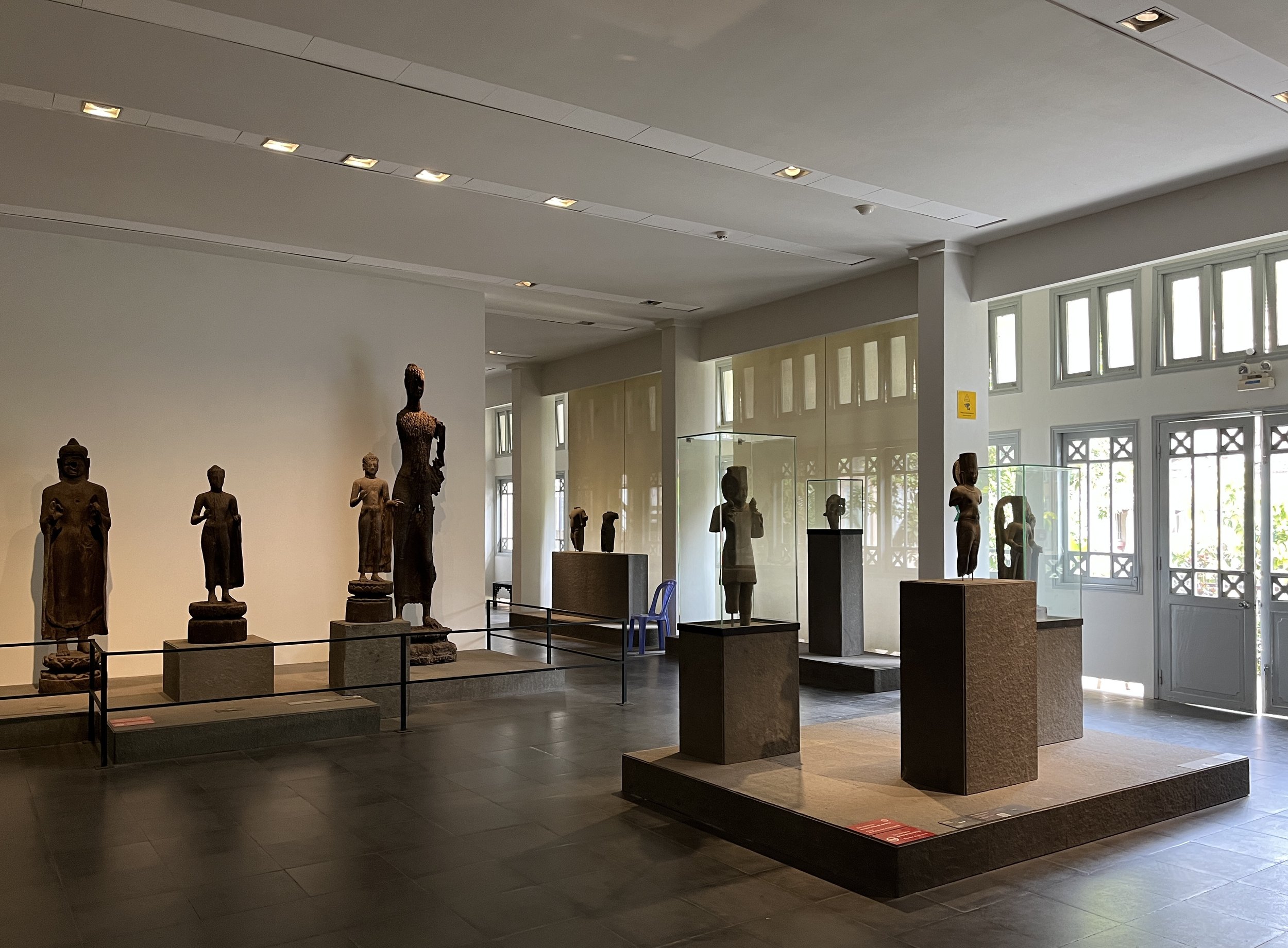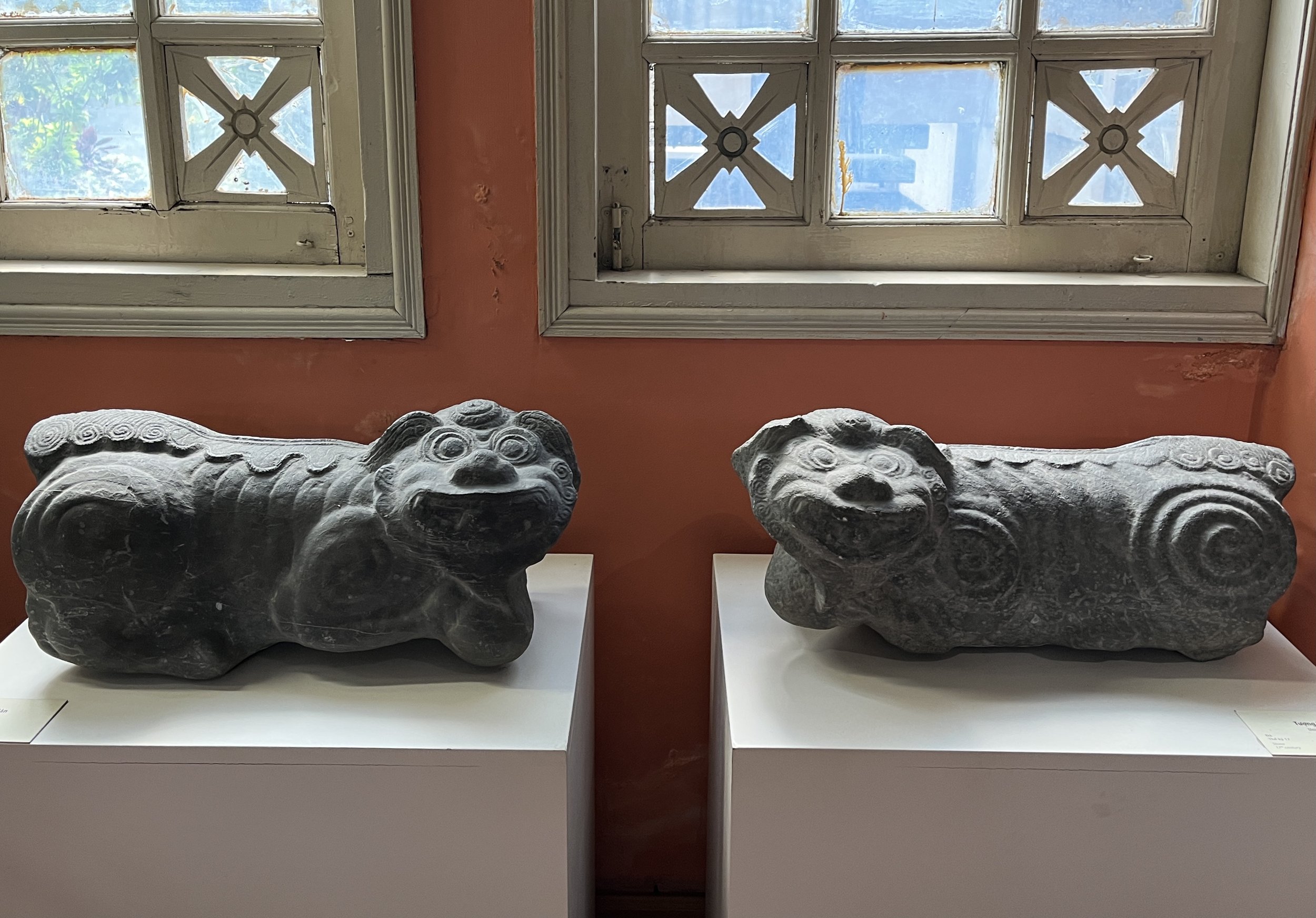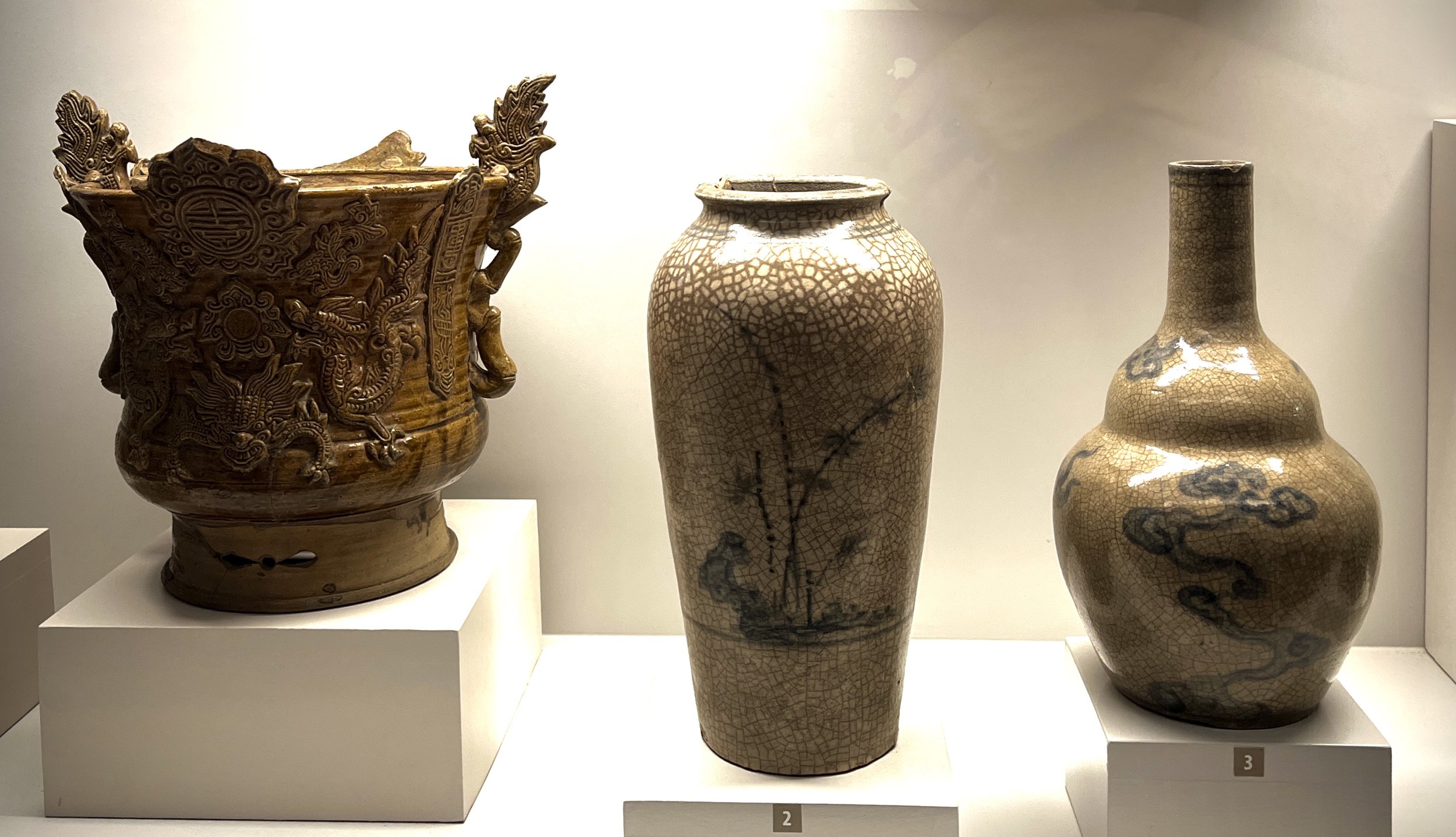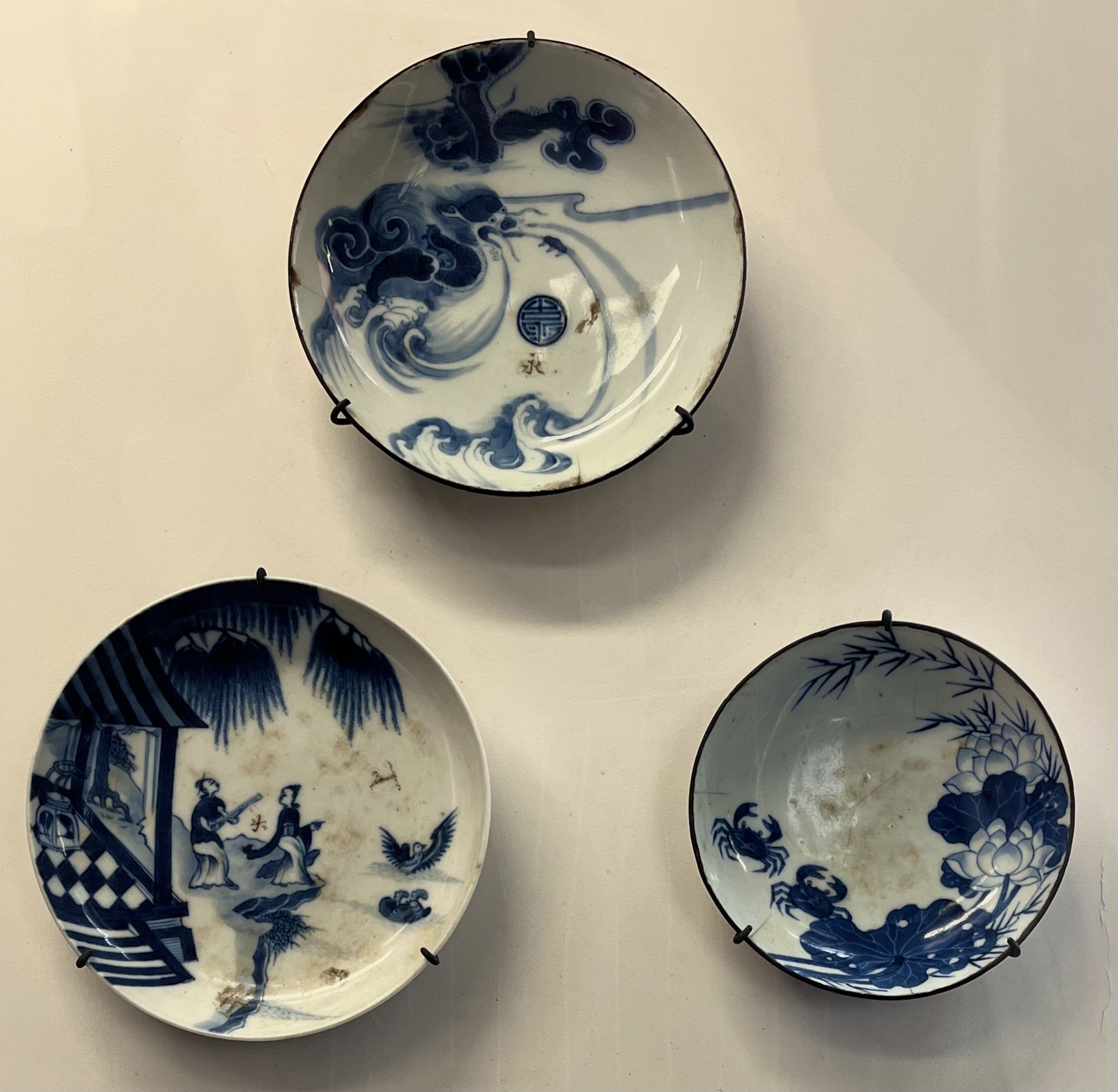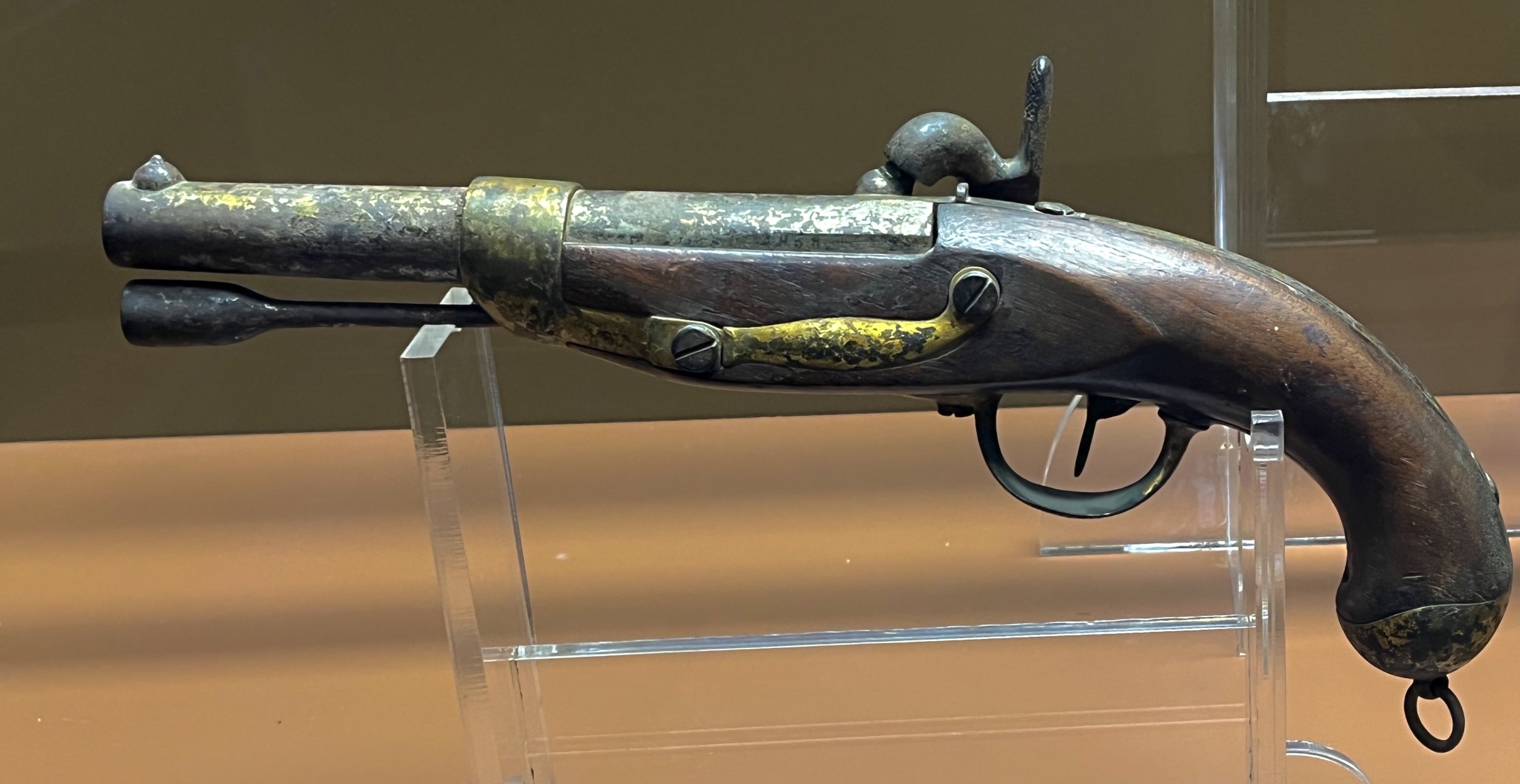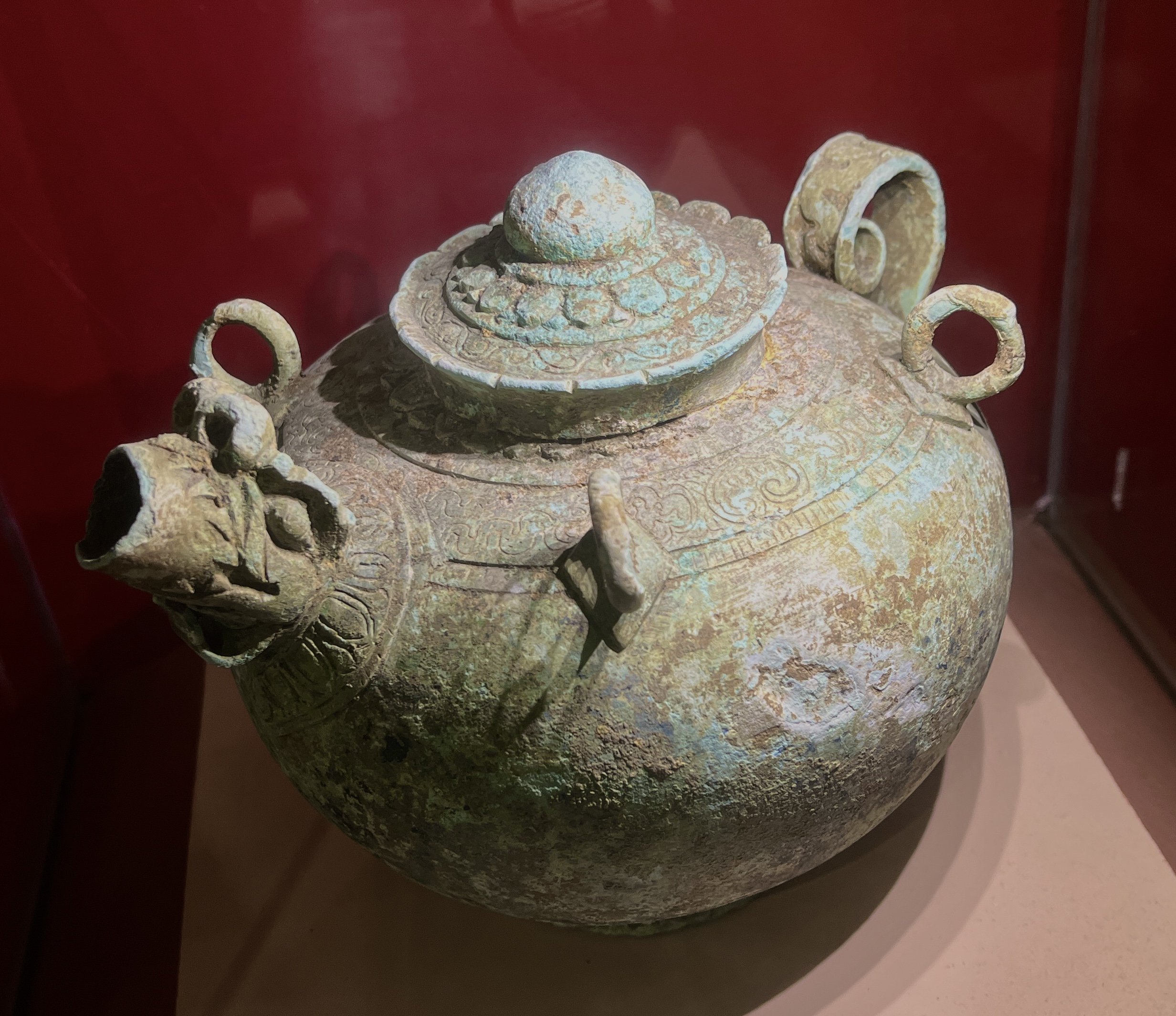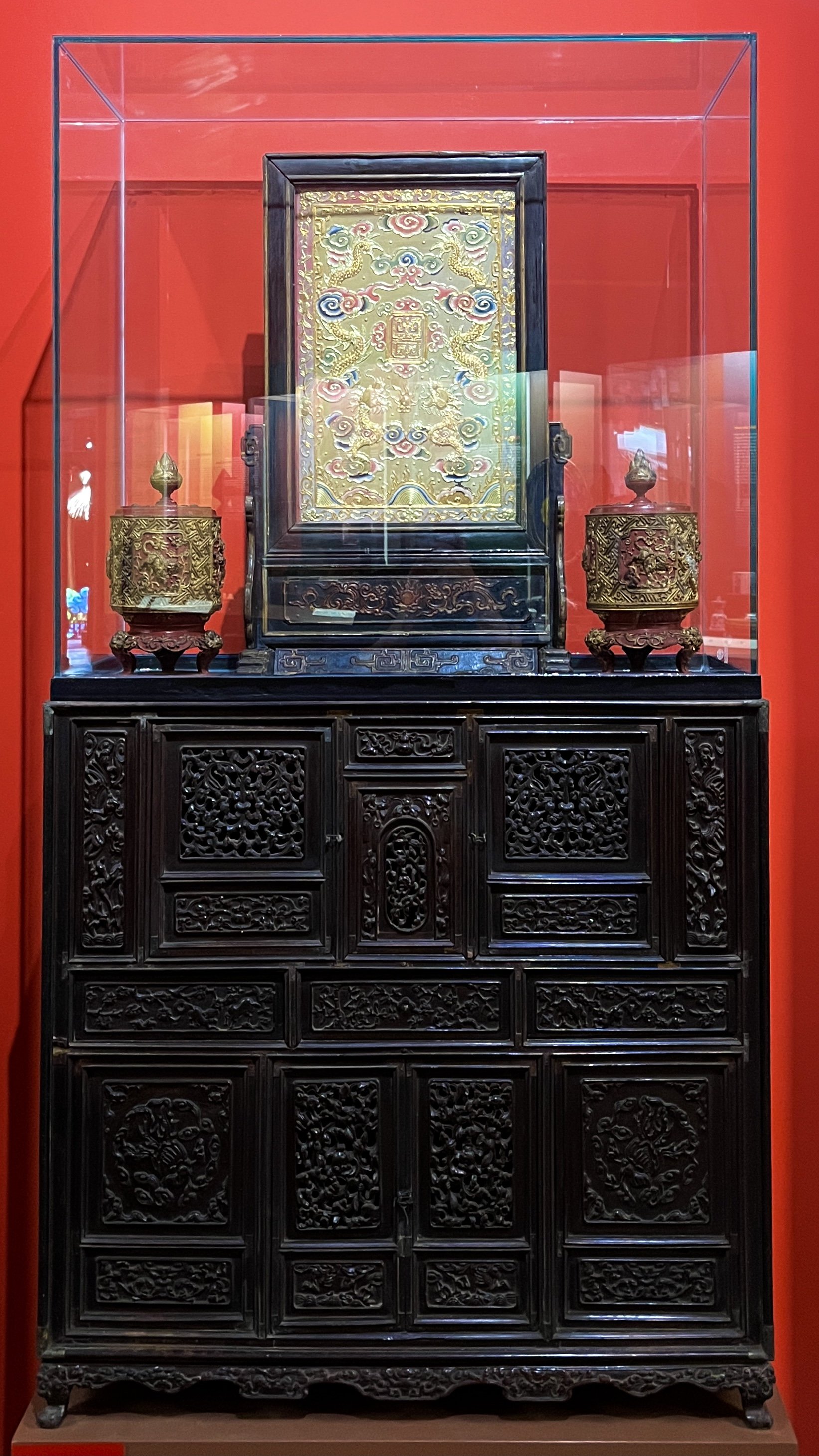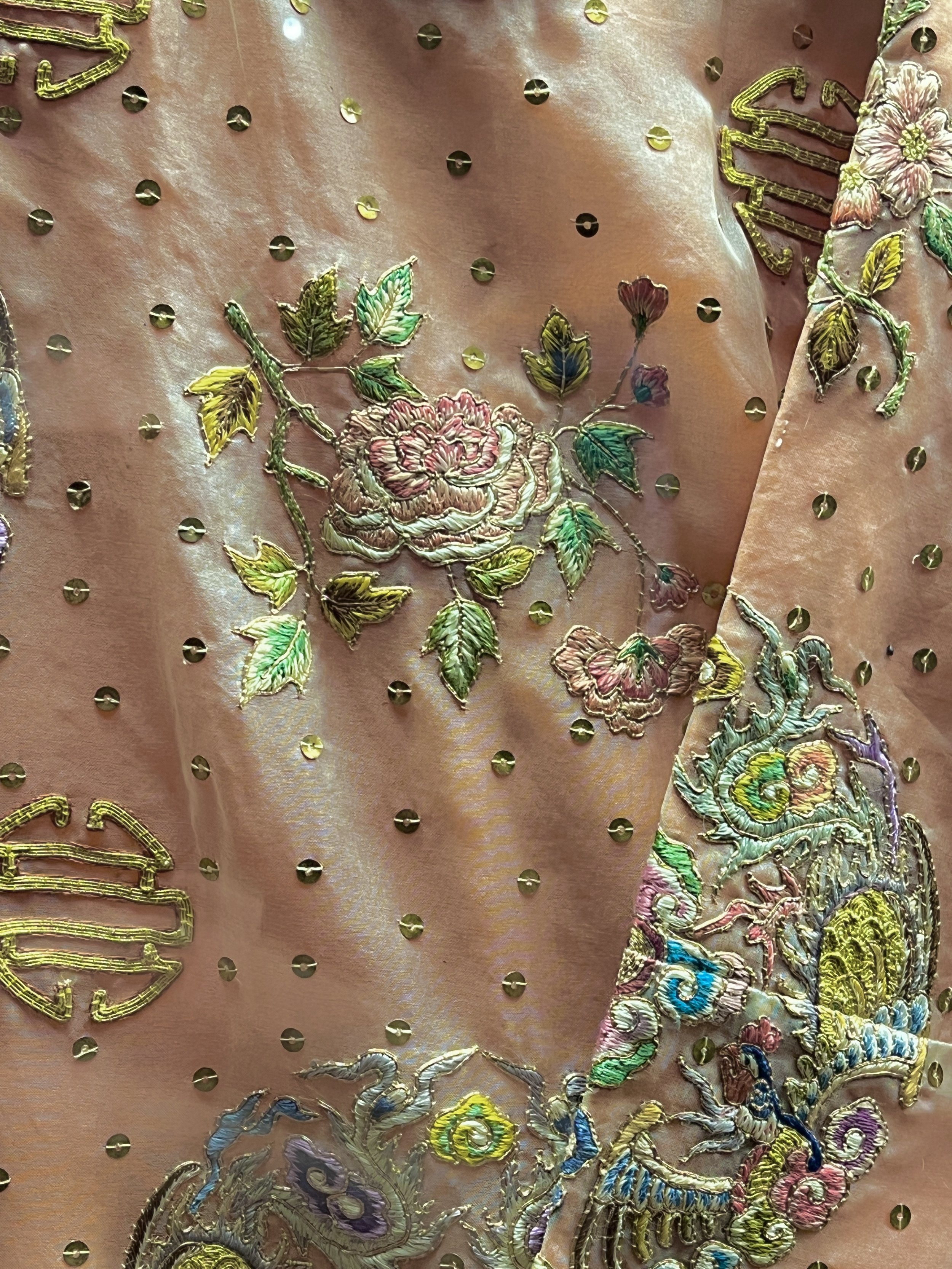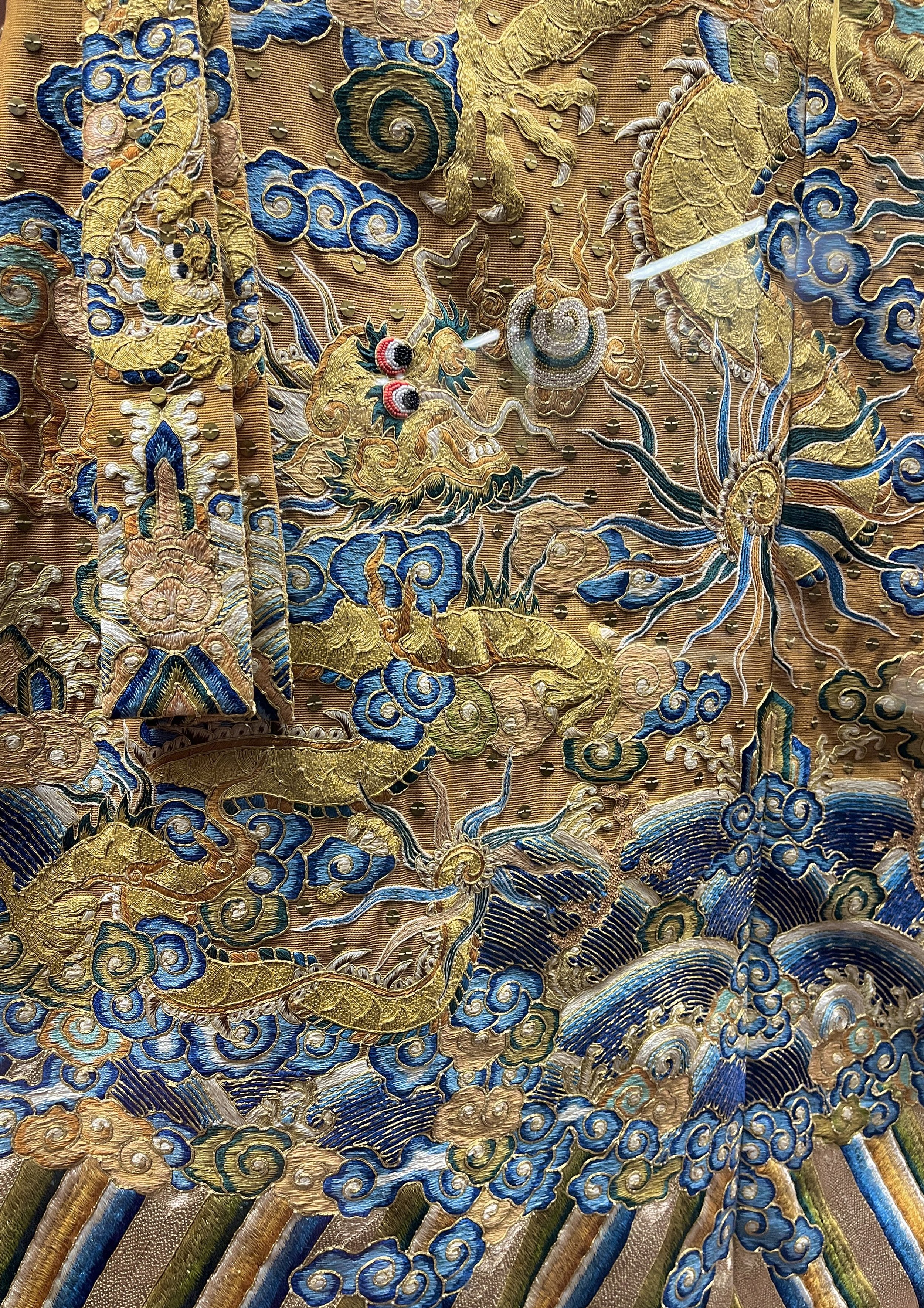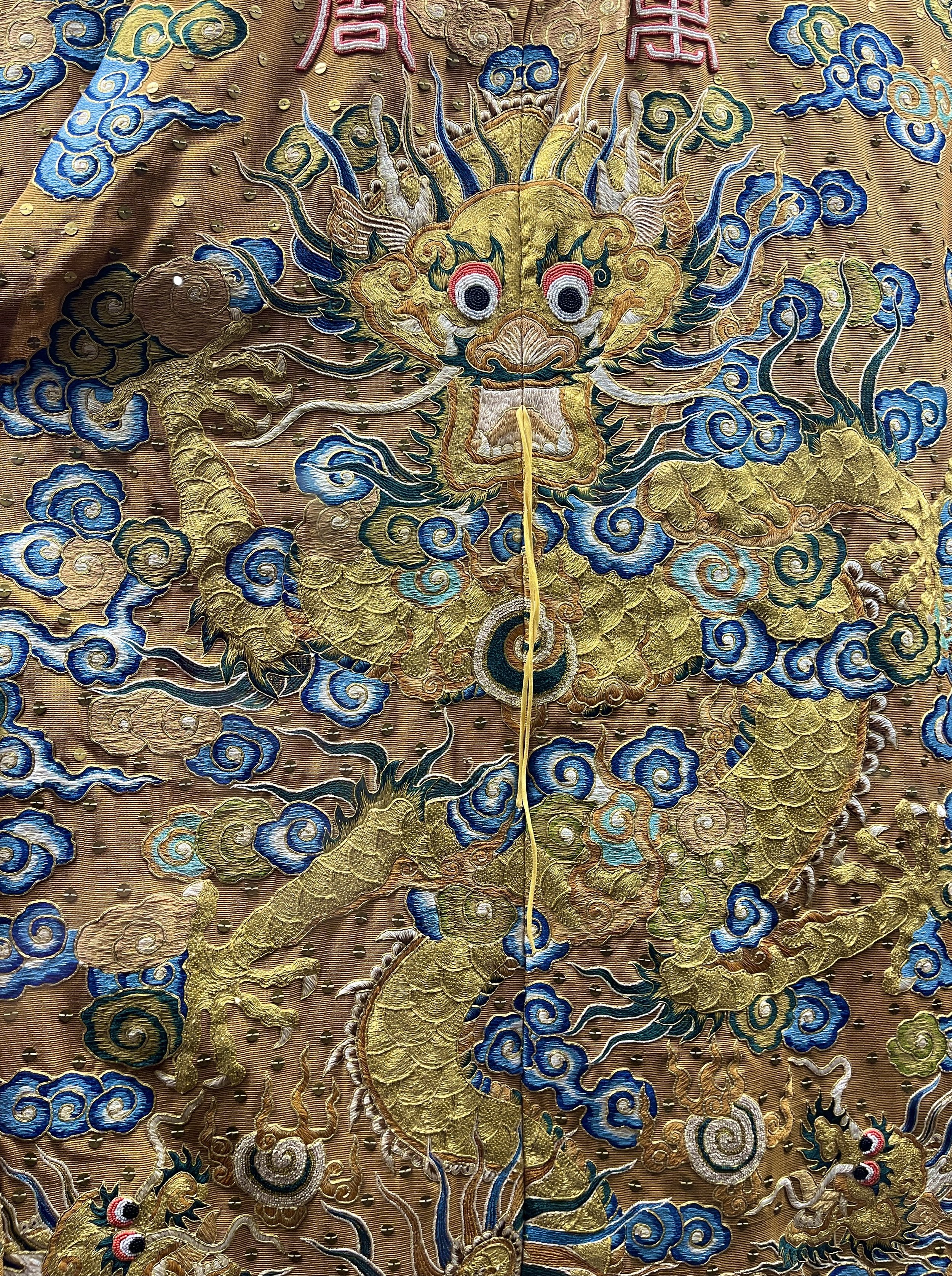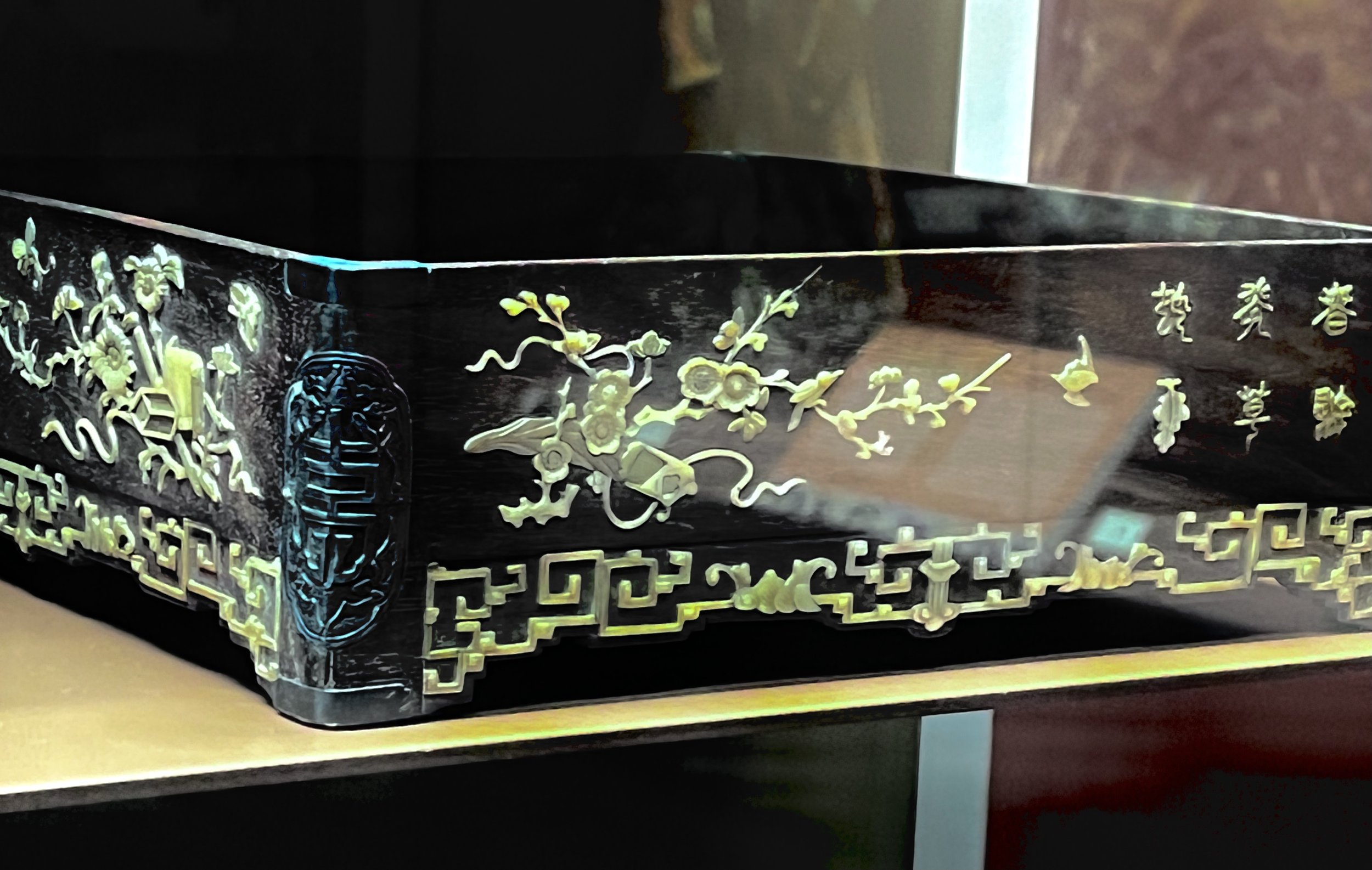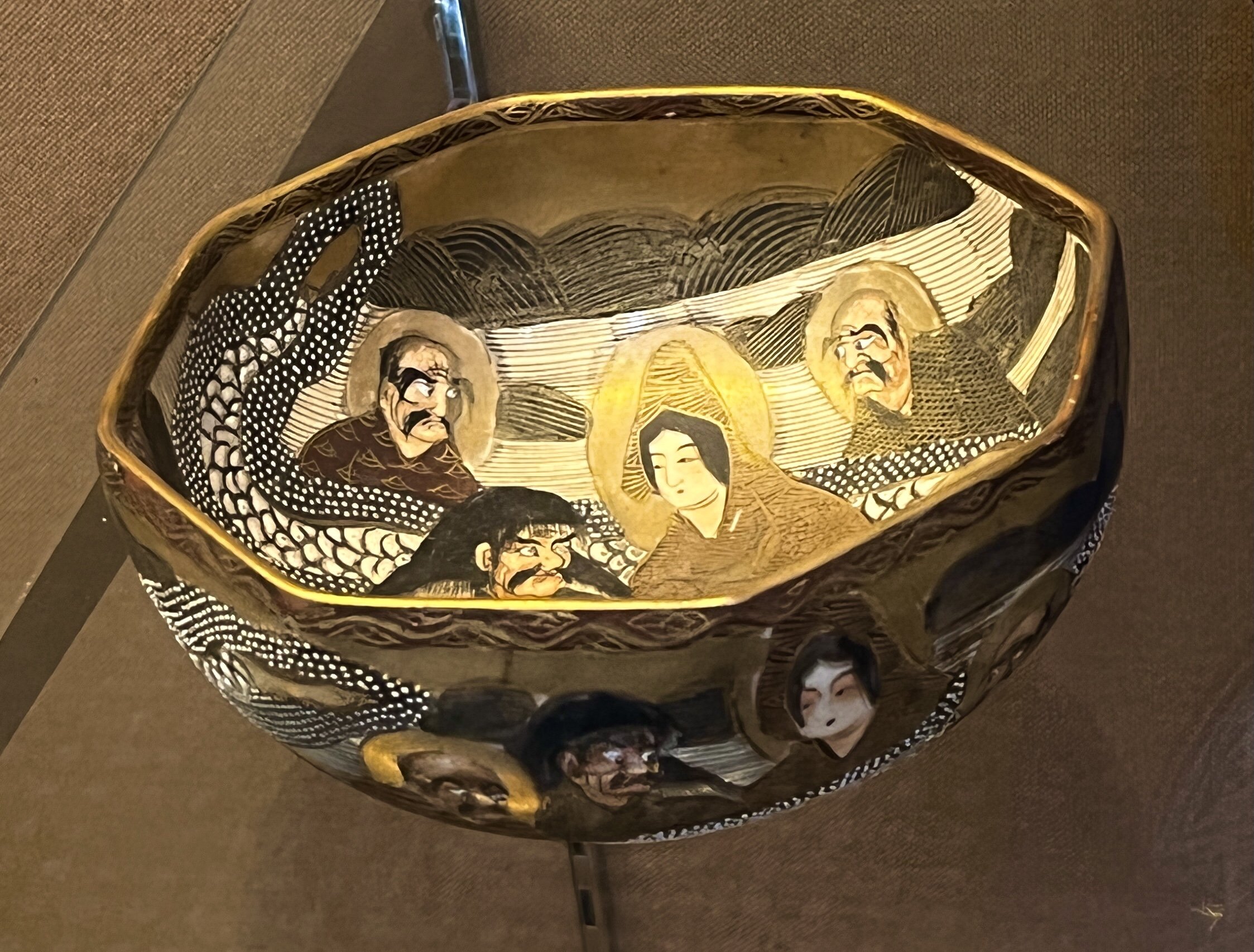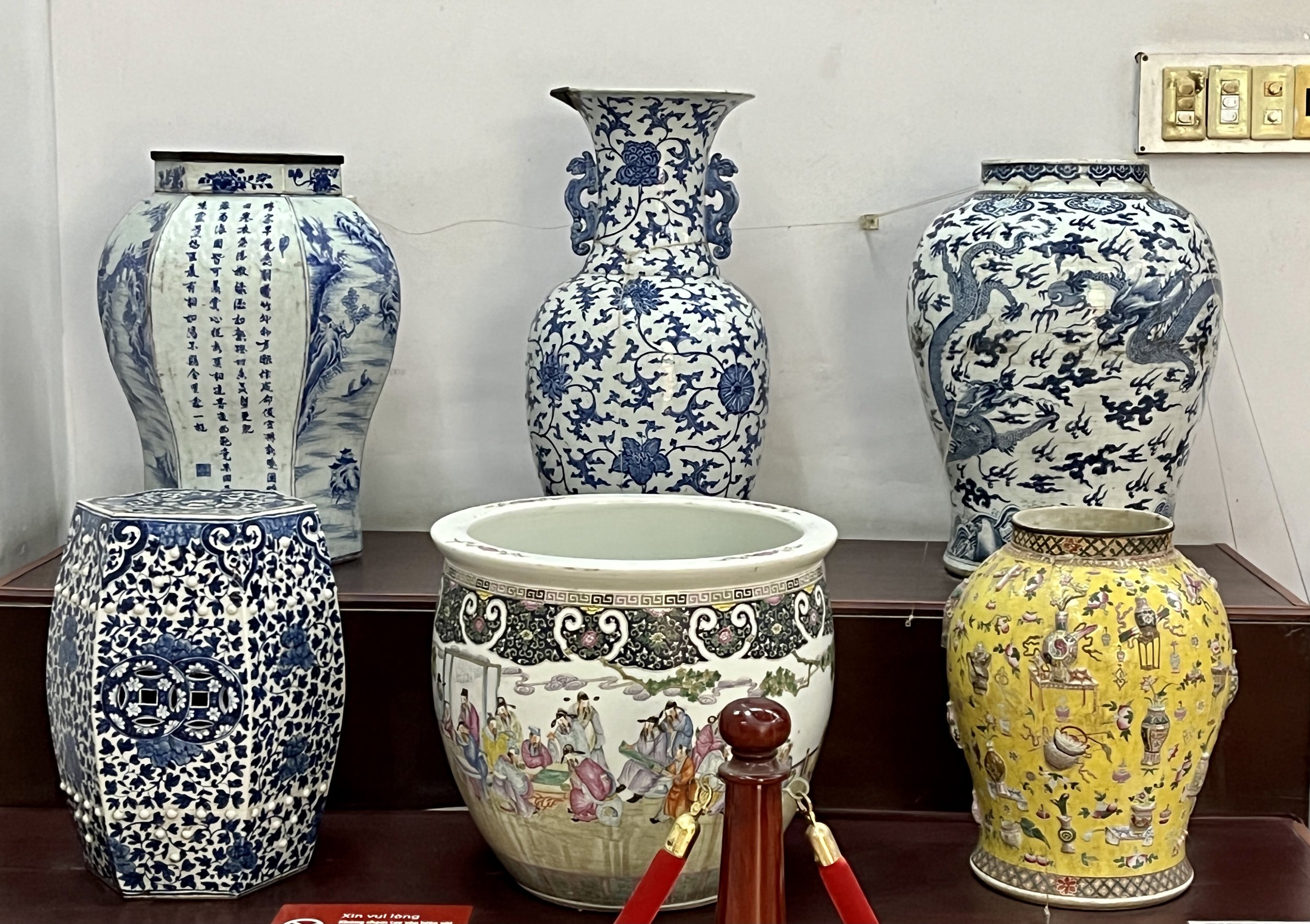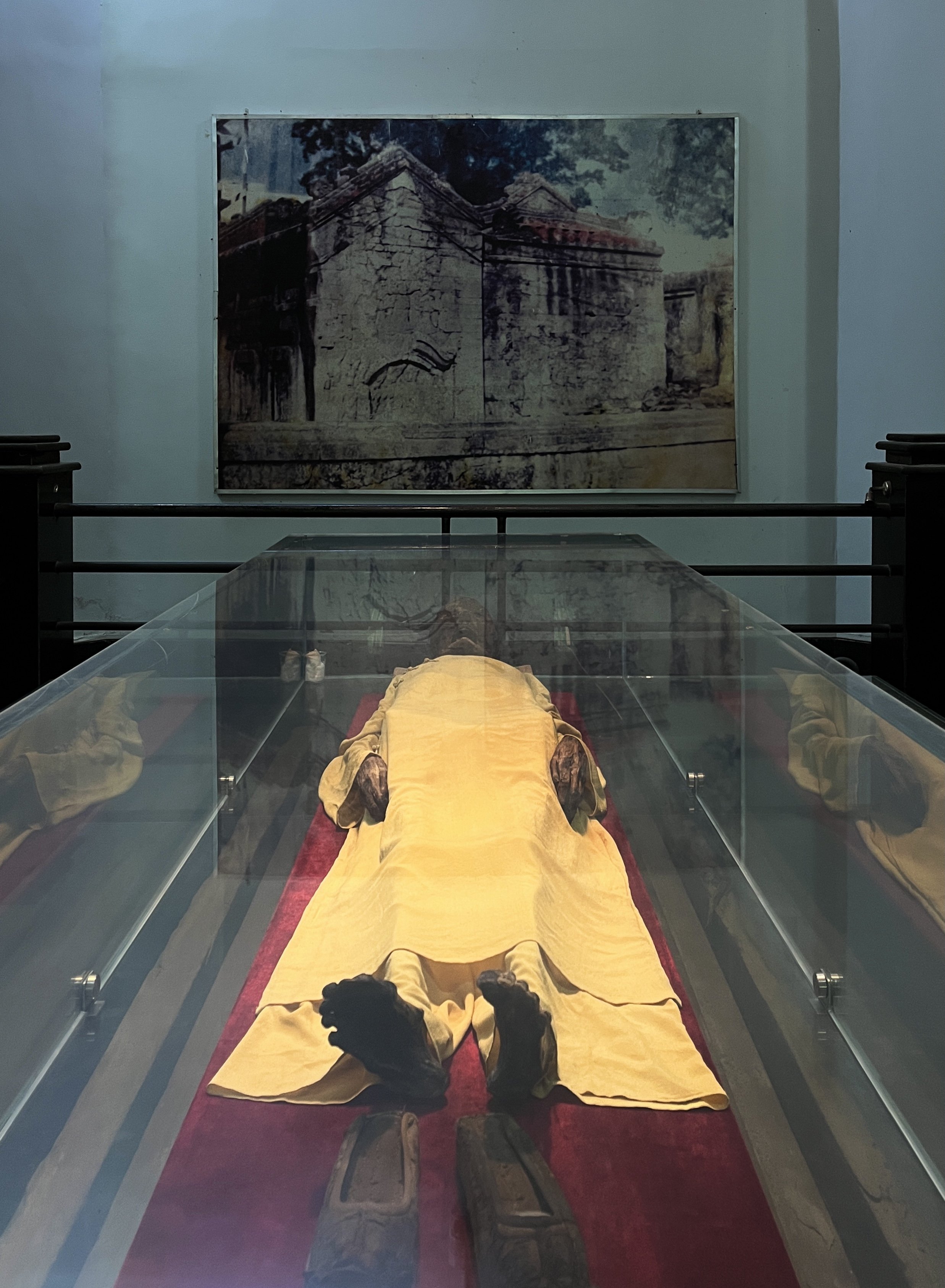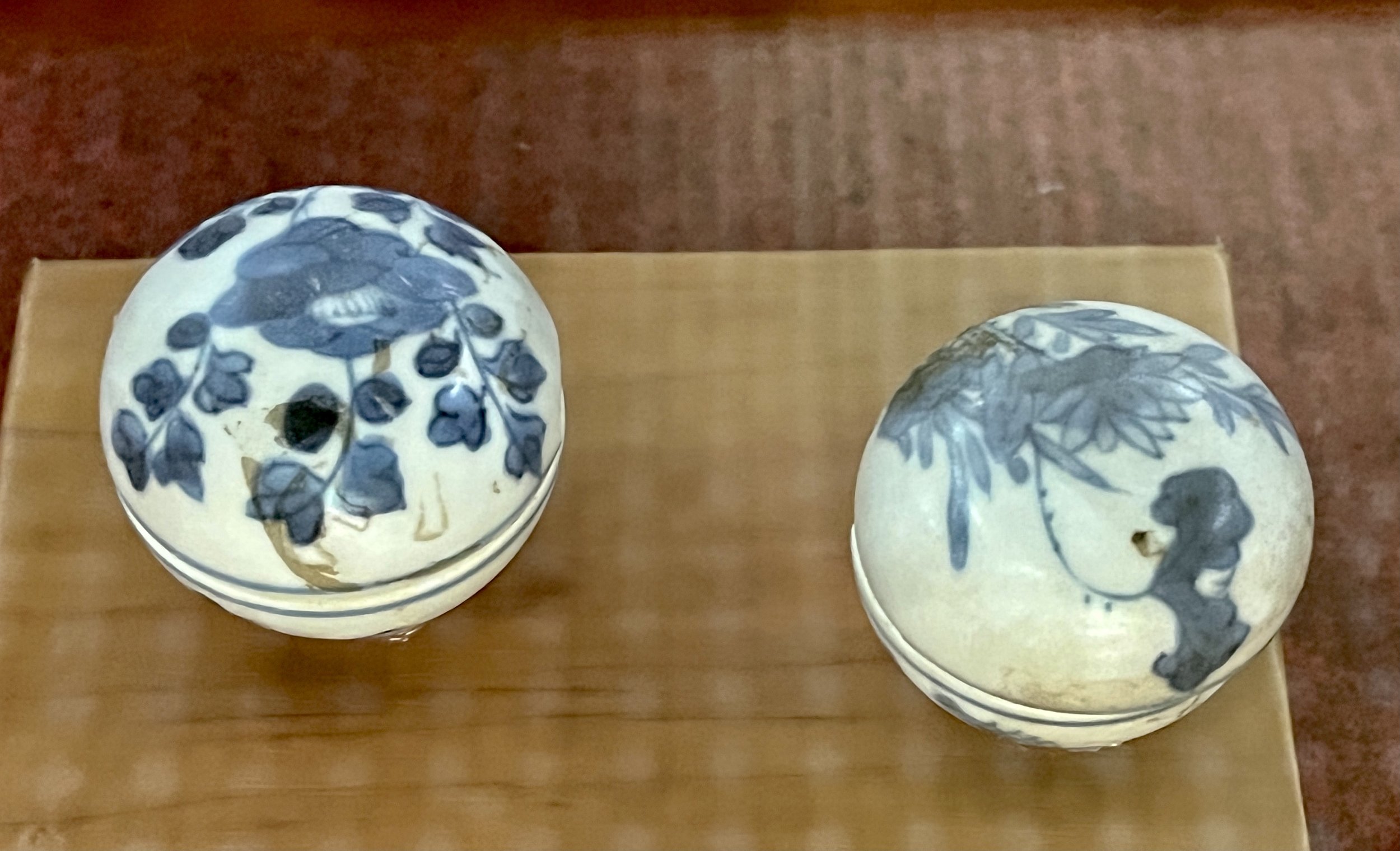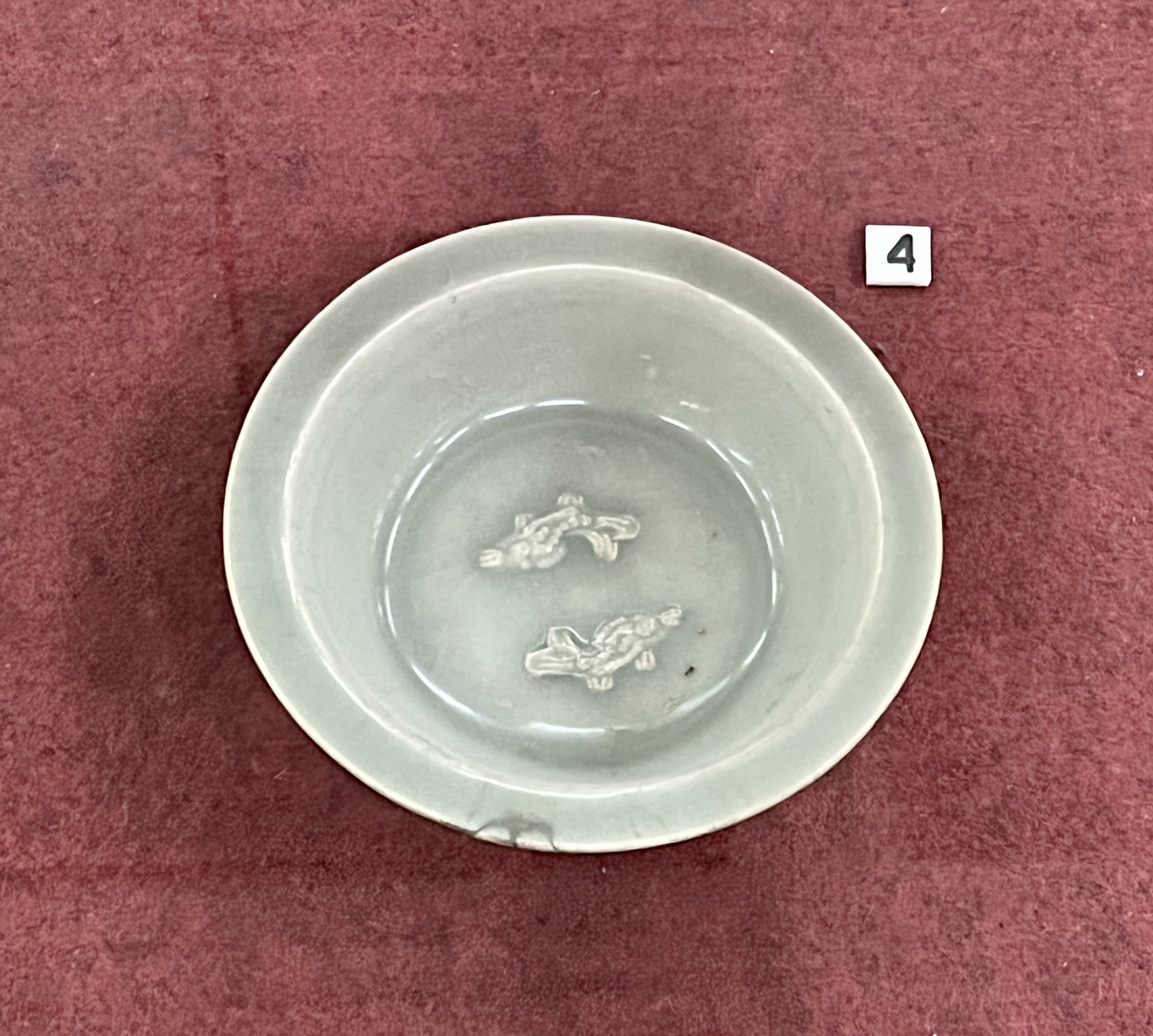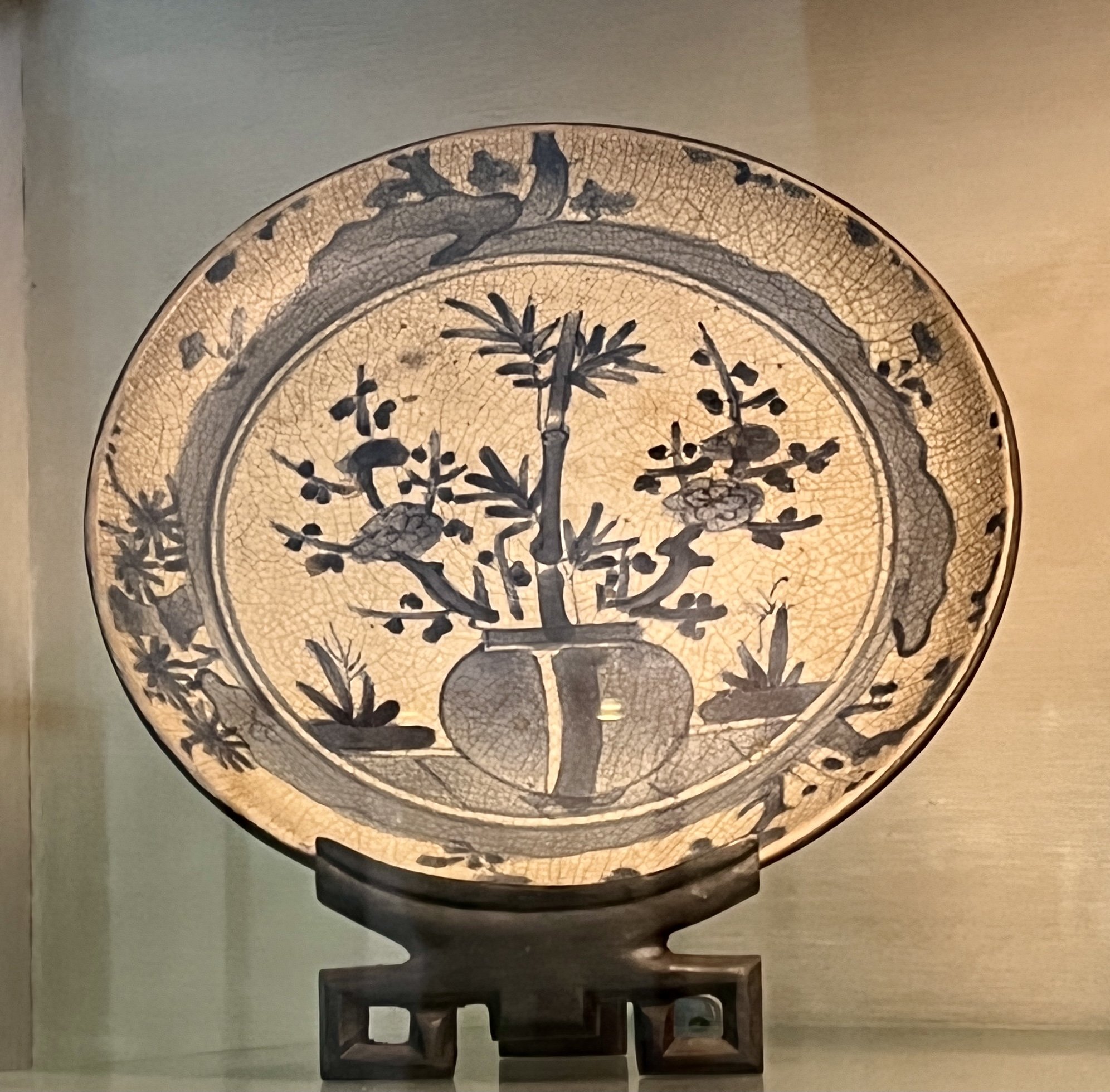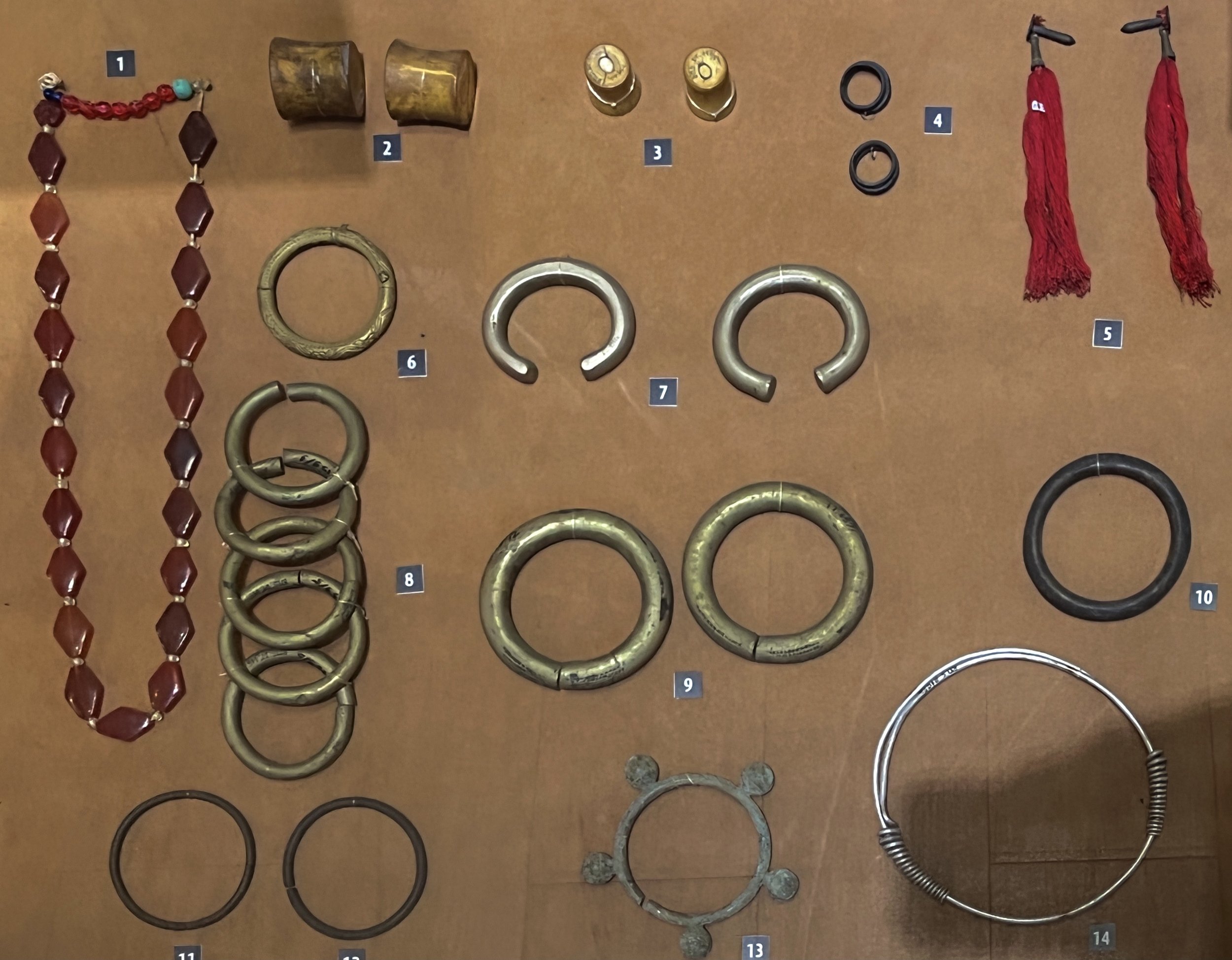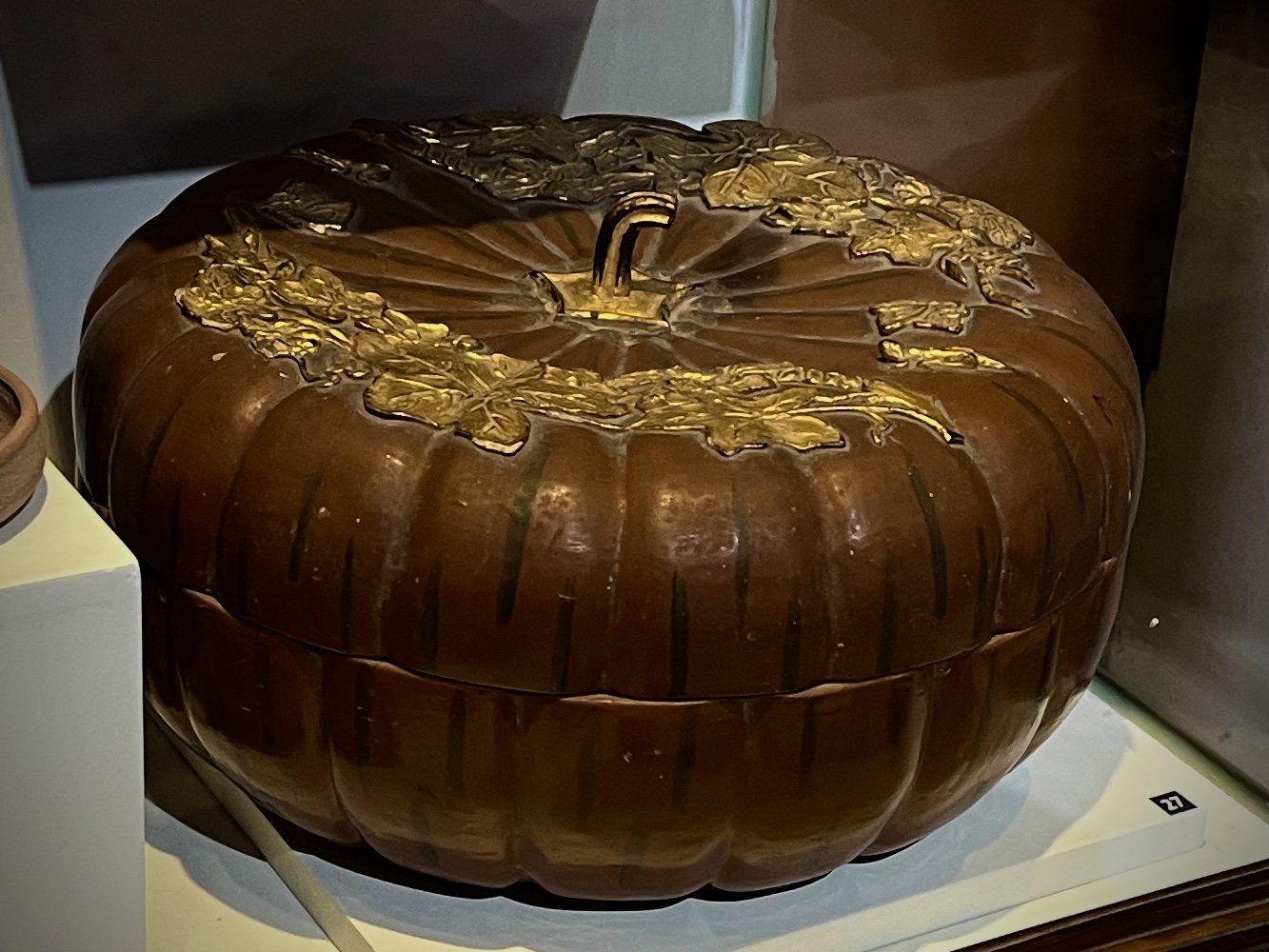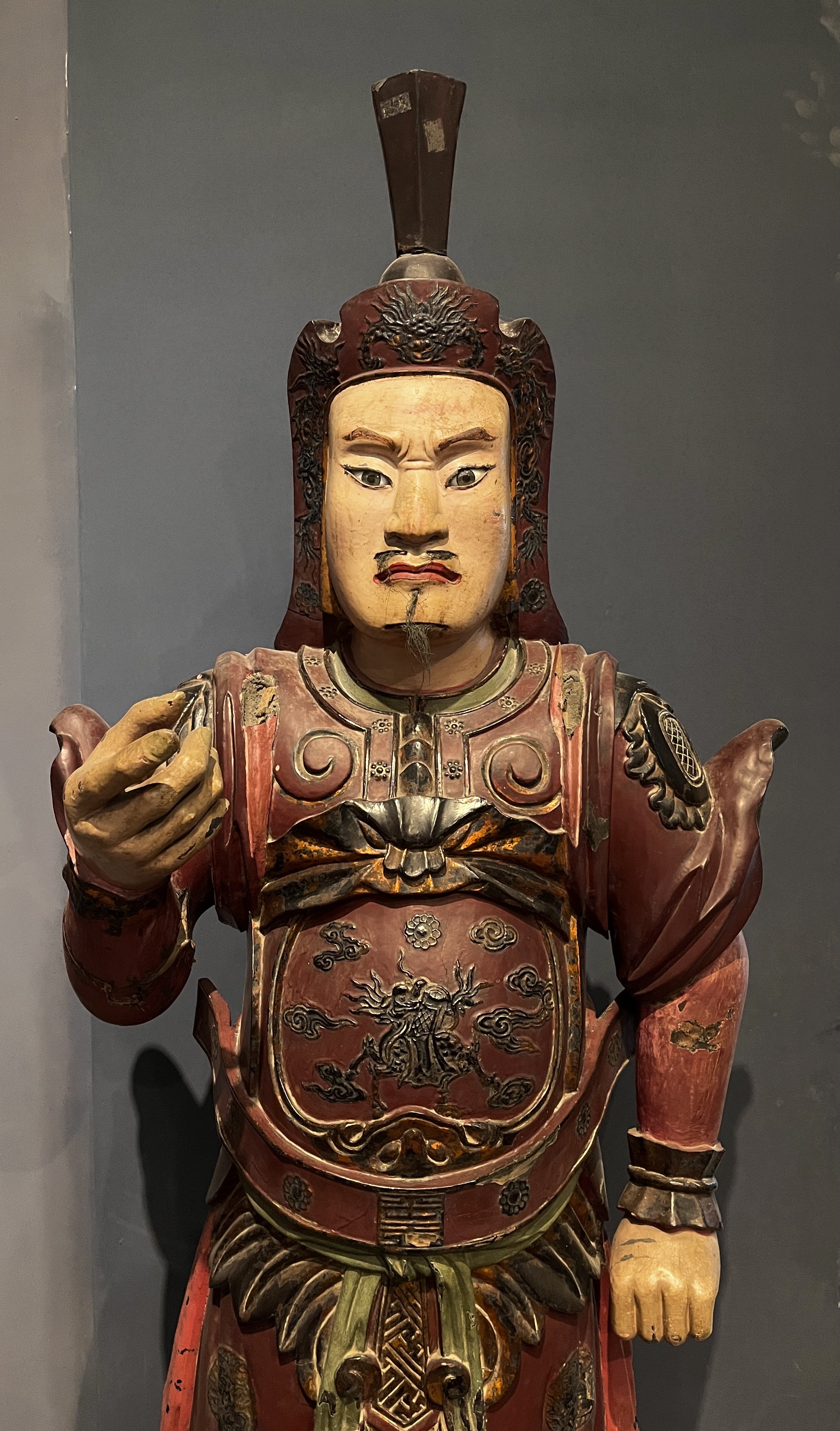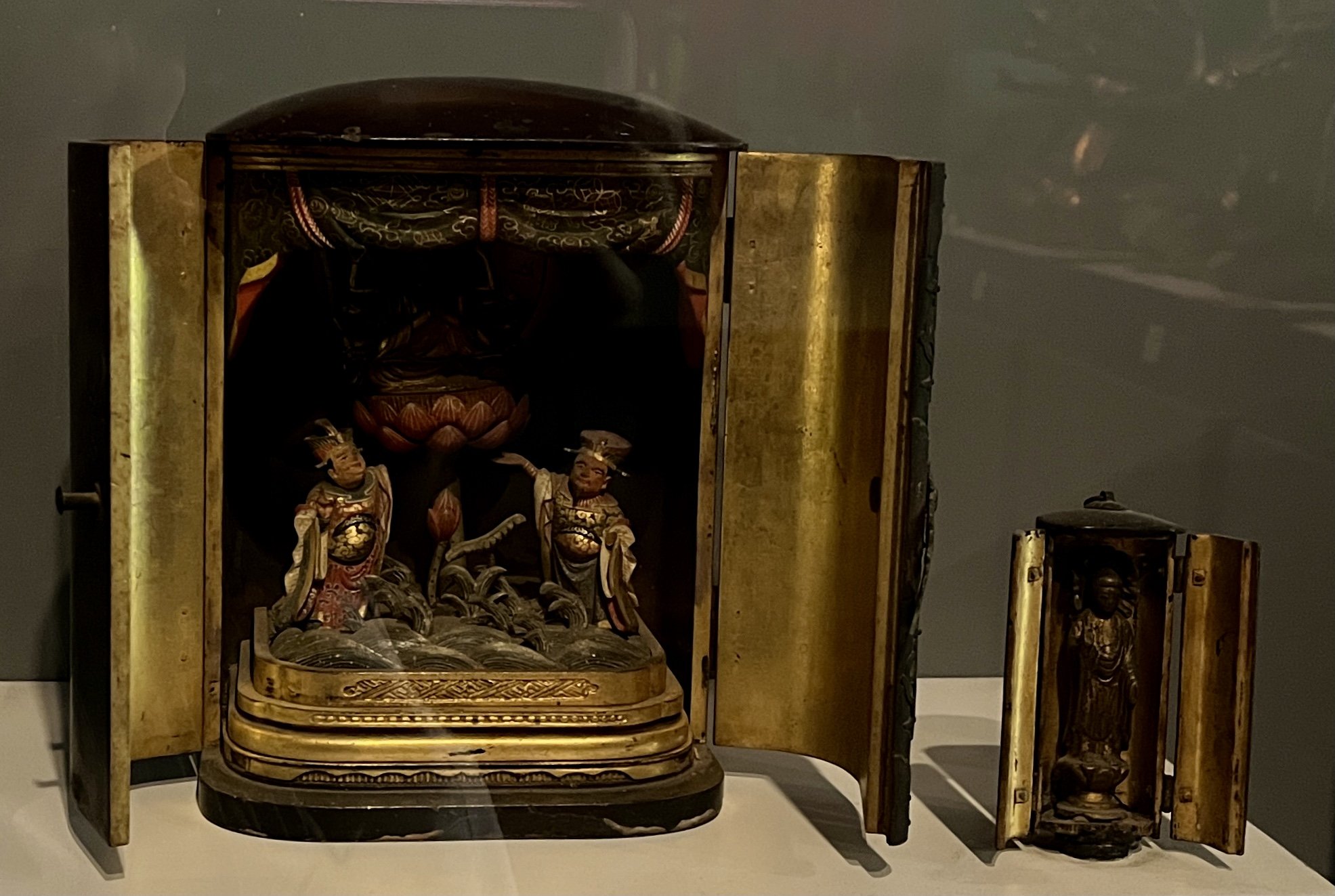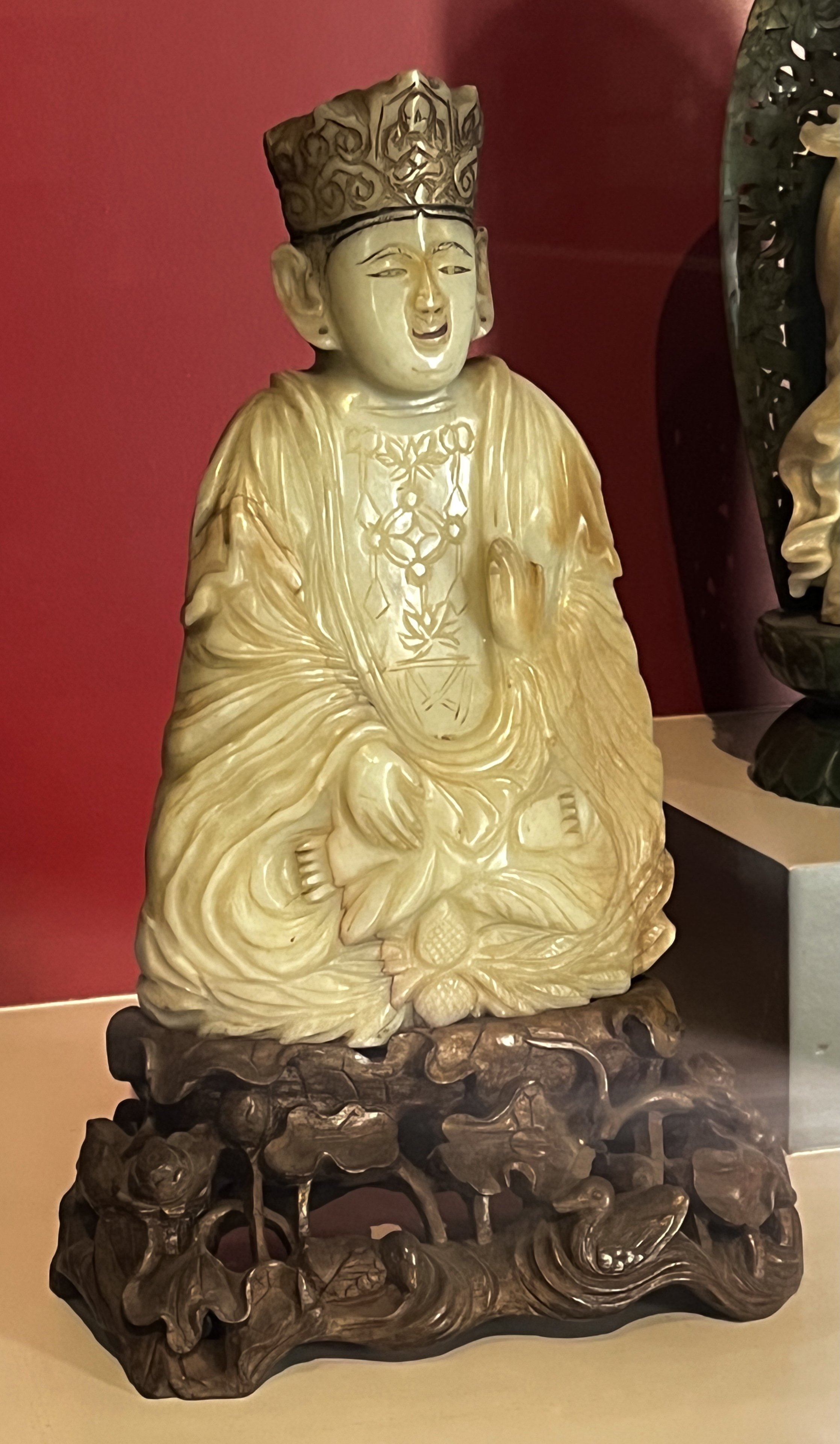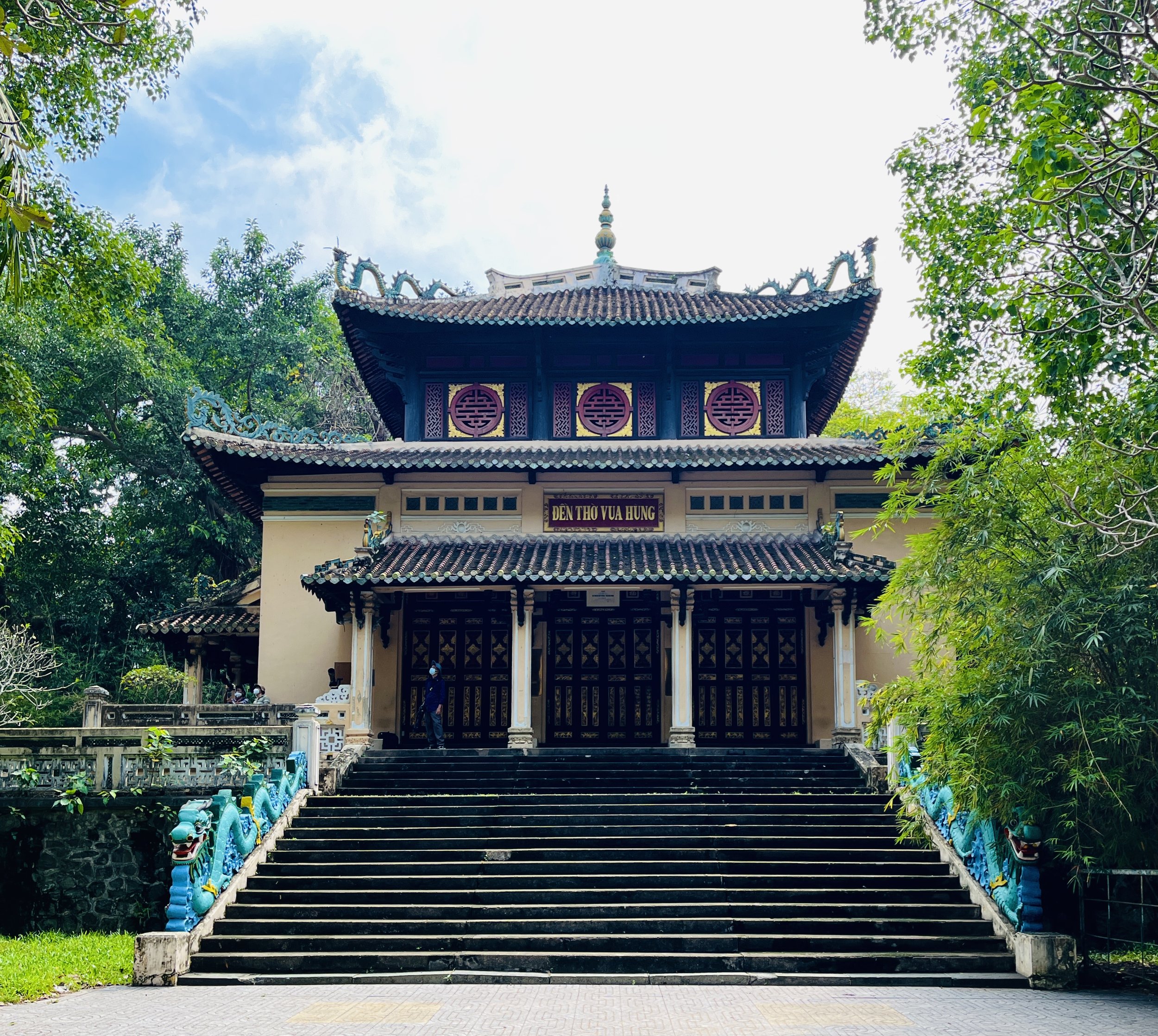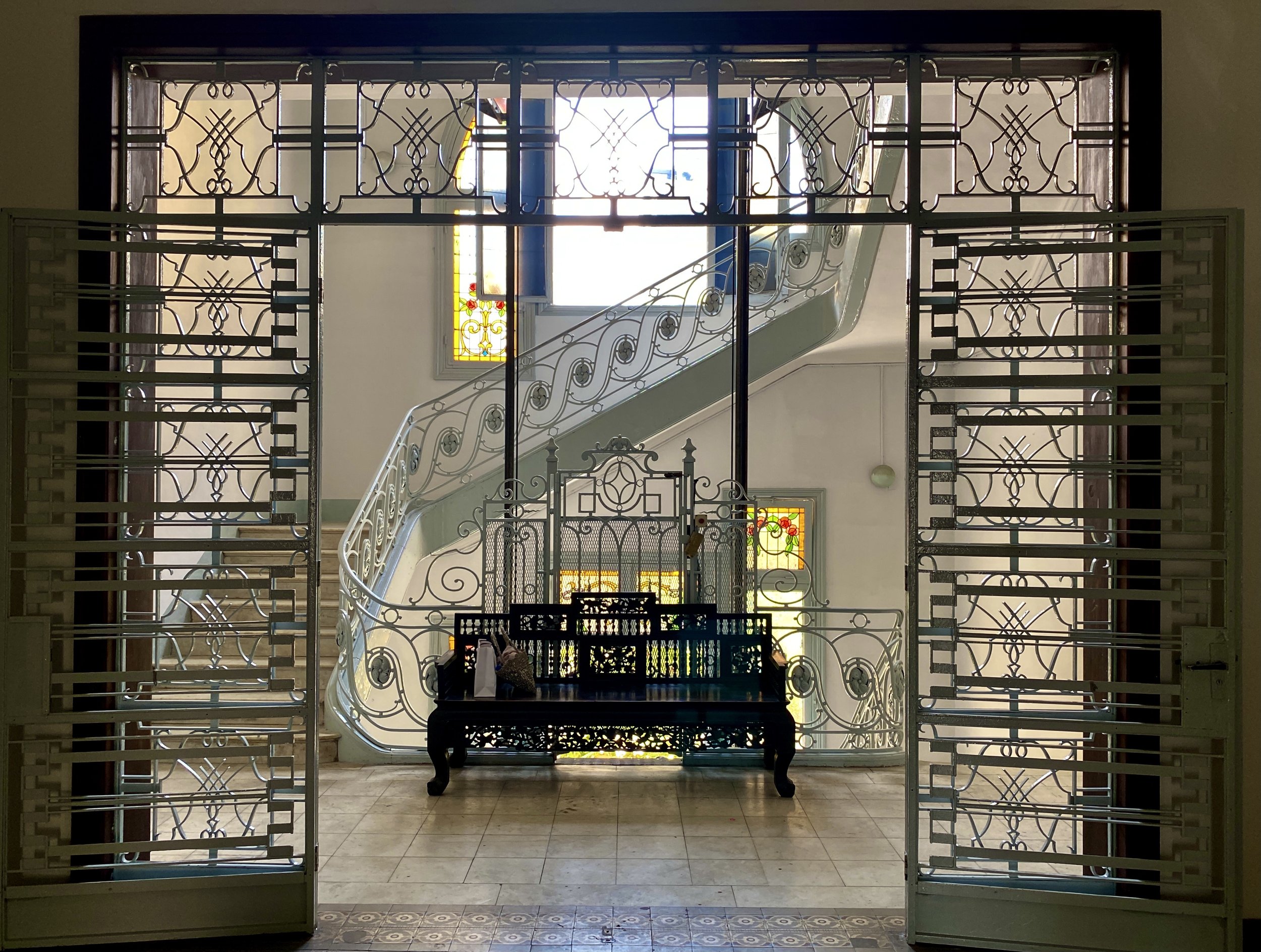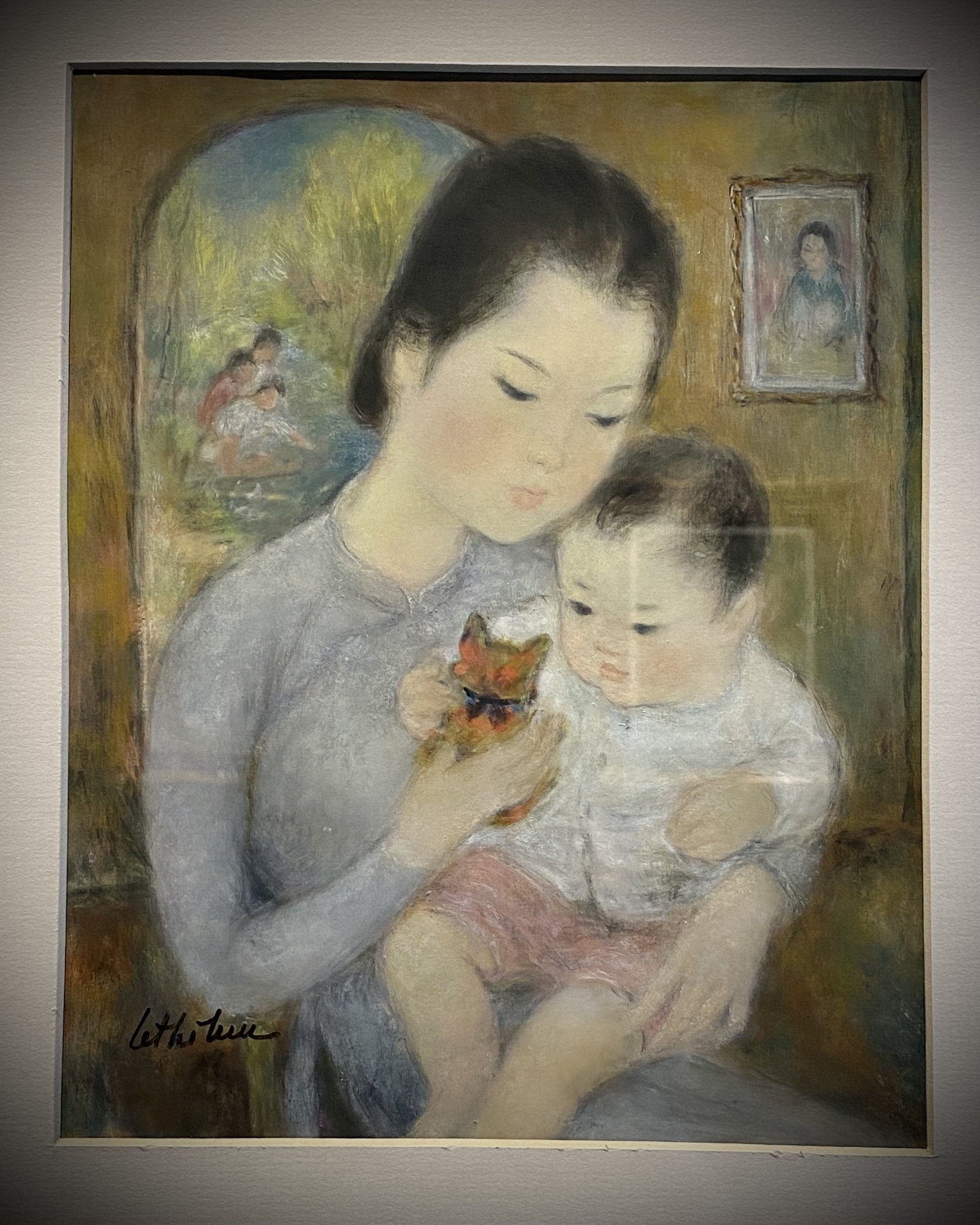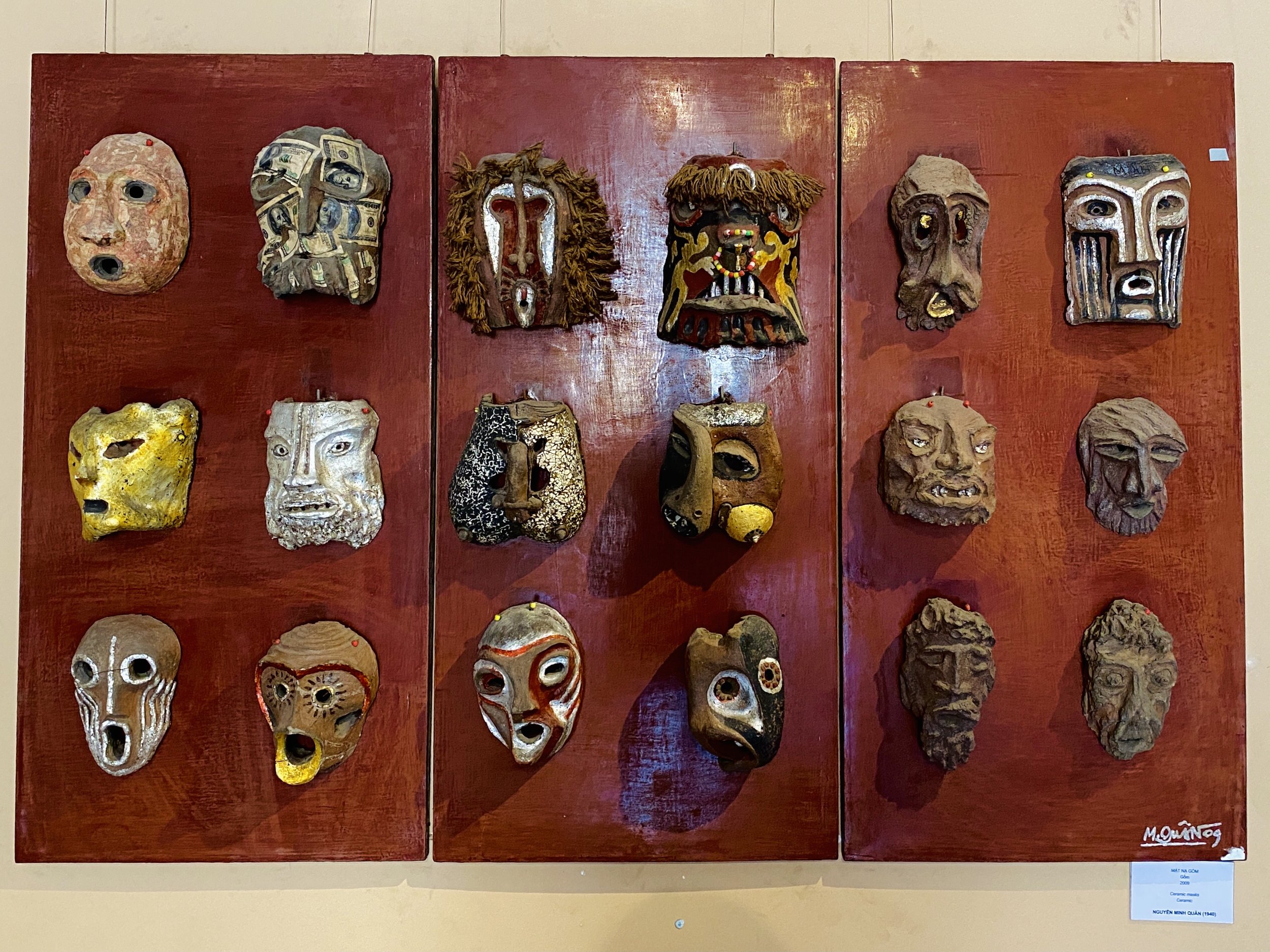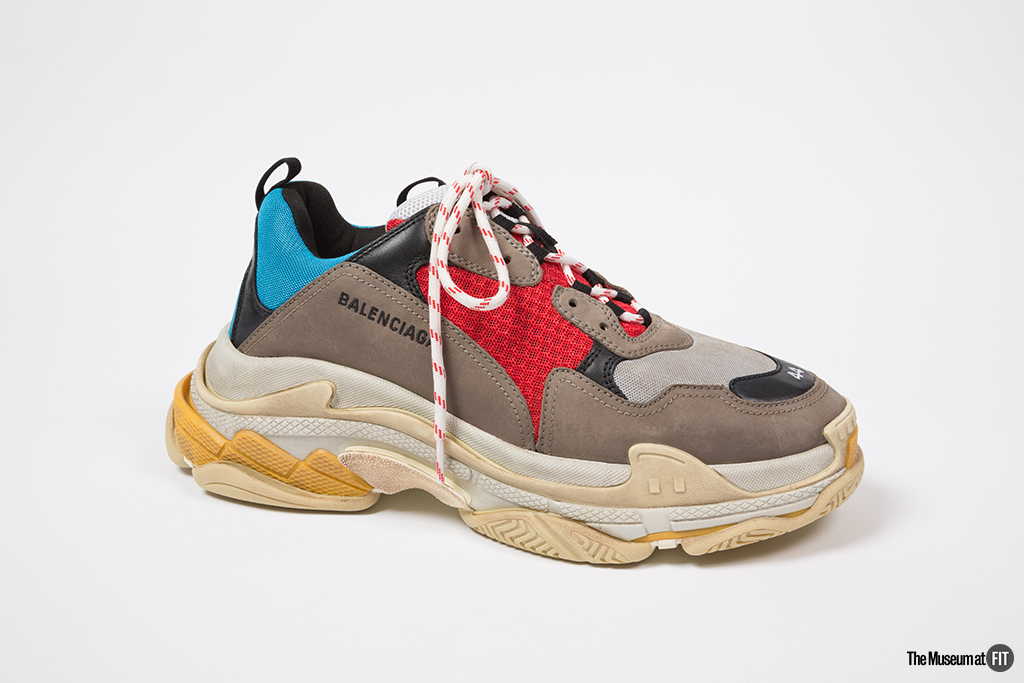Taiping is not a place worth visiting, in my opinion; one of its few somewhat redeeming sites is the Perak museum, Malaysia’s first and oldest museum. Founded in 1883 by Sir Hugh Low, its initial focus was natural history; particularly zoology, geology, botany, and ethnology. The big-statue-of-a-white-man-needlessly-relocated-to-a-disrespectfully-insignificant-corner (a cliché in resentful former European colonies) is not Low, however; nor is it Sir Frank Swettenham, the majority fundraiser for the museum and arguably the most eminent Brit in colonial Malaysia (Resident of Perak 1889-1895, Resident-General of the Federated Malay States 1896-1901, Governor and Commander-in-Chief of the Straits Settlements 1901-1904). Rather, it is Robert Sandilands Frowd Walker, curiously bylined on wikipedia as a ‘football player,’ despite his very successful 30+ year career in the British colonial army.
Walker attended Sandhurst; served in Gibraltar, Malta, Hong Kong, Singapore, and accompanied his superior for the investiture of King Chulalongkorn in the Order of St. Michael and St. George, all before landing in Perak; molded Perak’s police force for over 20+ years to a high military standard, keeping relative peace among the Chinese gangs during the mining boom; and eventually rose to Resident of both Selangor and Perak. When crime was low, he put his police force to work building out the Taiping Lake Gardens; he also raised enough funds to ensure a clergyman always presided over the local All Saints’ Church. He was a Fellow of the Royal Geographical Society, the Royal Zoological Society, the Royal Colonial Society and the Royal Colonial Institute. He commanded the dismounted colonial troops at Queen Victoria's Diamond Jubilee in 1897, and laid the foundation stone of the Diamond Jubilee Wadda Gurdwara Sahib at Penang. His nickname among local Malays was “the black panther”; Chinese feared his Perak Armed Police Force of “Sikh devils”; fellow Brits described him as "at the best of times very much a martinet" and "a difficult man to work with.” . . . . yet, above all, he is apparently remembered for scoring the winning goal of an England/Scotland match at 21, and introducing cricket and football to the locals in the areas he governed.
Though it’s not much of a present-day practice, this museum is still where taxidermy is taught and practiced in Malaysia. Considered a target unworthy of bombing in WWII, galleries upon galleries of dryrotted and peeling creatures of all types, many now endangered and some extinct, most preserved by Low and his team 150 years ago, remain. I only took a few photos because I find them macabre (and their circa 1990s or early 2000s photo mural backgrounds tacky) but these make up the majority of the museum.
Doubtless to my discredit, I find the artifacts of local material culture much more beautiful and interesting. There is impressive metal and enamelwork, century old Chinese wedding robes with incredible embroidery, vintage and antique Malay gold-wrapped thread embroidered red velvets, songket and other traditional fabrics.
There are also some artifacts from the Negrito native people, mainly basketry but some masks and other objects.
Finally, there’s a very small library, which consists mostly of books in English (though there are some in other European languages) dating from the colonial era, clearly left behind by the Brits. The most recent items are science periodicals for children from perhaps 30 years ago. Hours are posted on the door, yet when I entered there was no worker present and all the bookcases were locked up. Within perhaps five minutes, a woman entered in a huff (obviously alerted to my presence by some security guard) and announced that the library was by appointment only and I was not permitted to look at or touch anything. That’s not what the sign says, not what the website says, and I have found no proof anywhere that this is true.
I asked if there was a collection catalog to peruse in advance of making an appointment; she claimed there was not. I asked if the books had been digitized and published online . . . they have not. Perhaps she has other responsibilities, but it very much seems the negligent oversight of her superiors has allowed her to reduce her job to sitting around on her phone in silence, and she’s come to expect so few visitors that she prefers to do so in the air conditioned employee cafeteria rather than the library itself, which they don’t bother to cool.
Outside, there are vintage luxury cars that I guess were purchased for heads of state at some point. There are also examples of early public transportation, including small buses and railcars.
Across the street is the water company office, still in its the original wooden building.
Beyond the museum, one can see the green-shuttered colonial jail, which I was shocked to find is still in use, hence the oddly covered-up fence.
A fifteen minute walk down the street reveals this was the main drag of the colonial era; All Saints’ Church and the Officer’s Club are easily reachable by foot (despite them not bothering to build sidewalks), and a couple other closed up colonial buildings are along the way.

